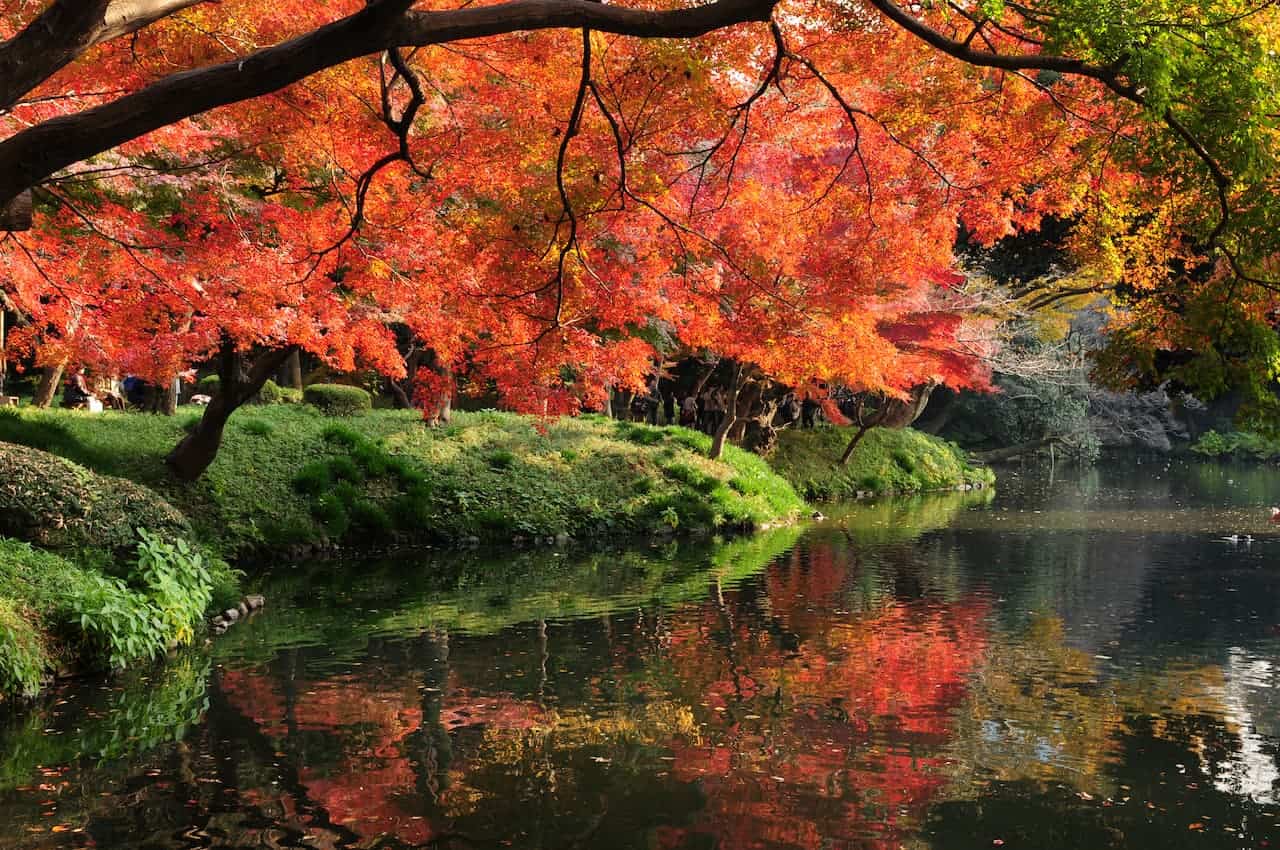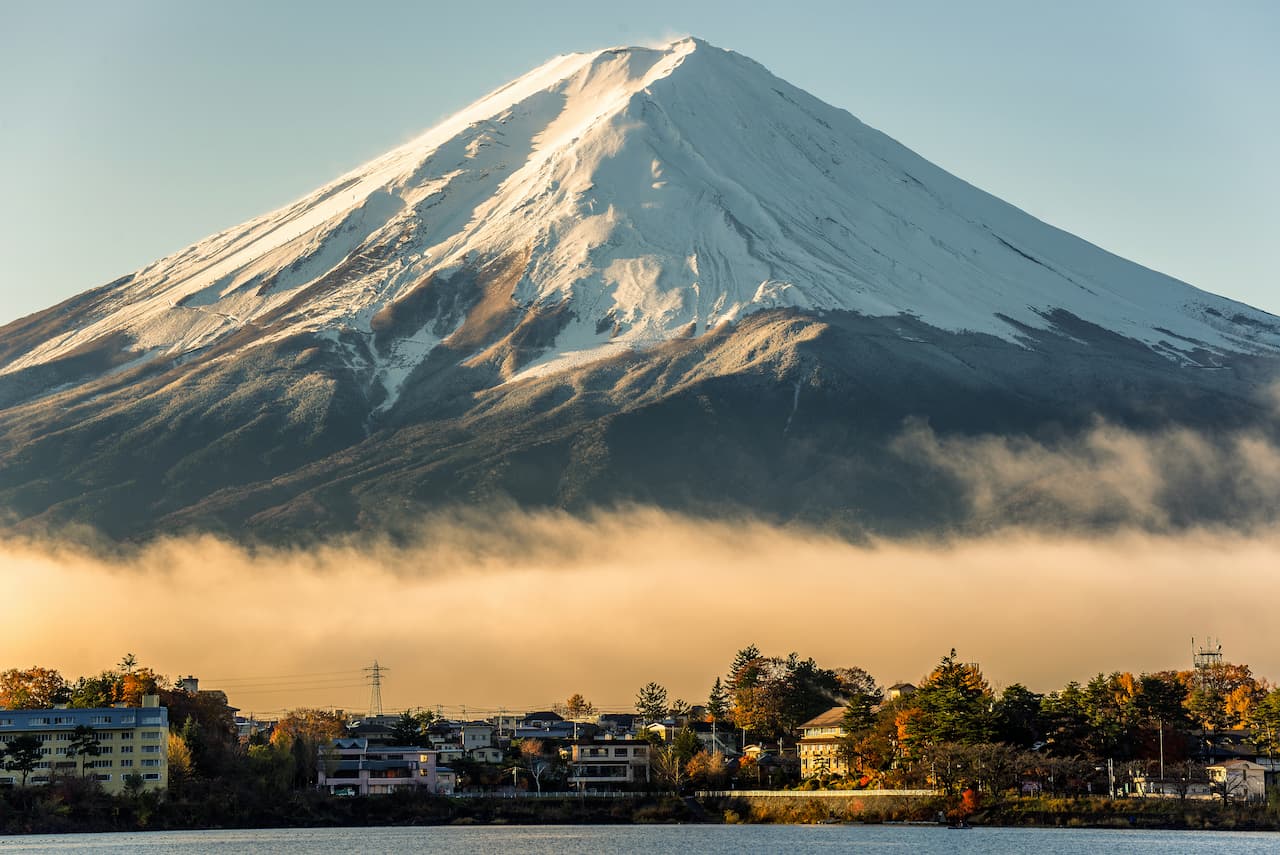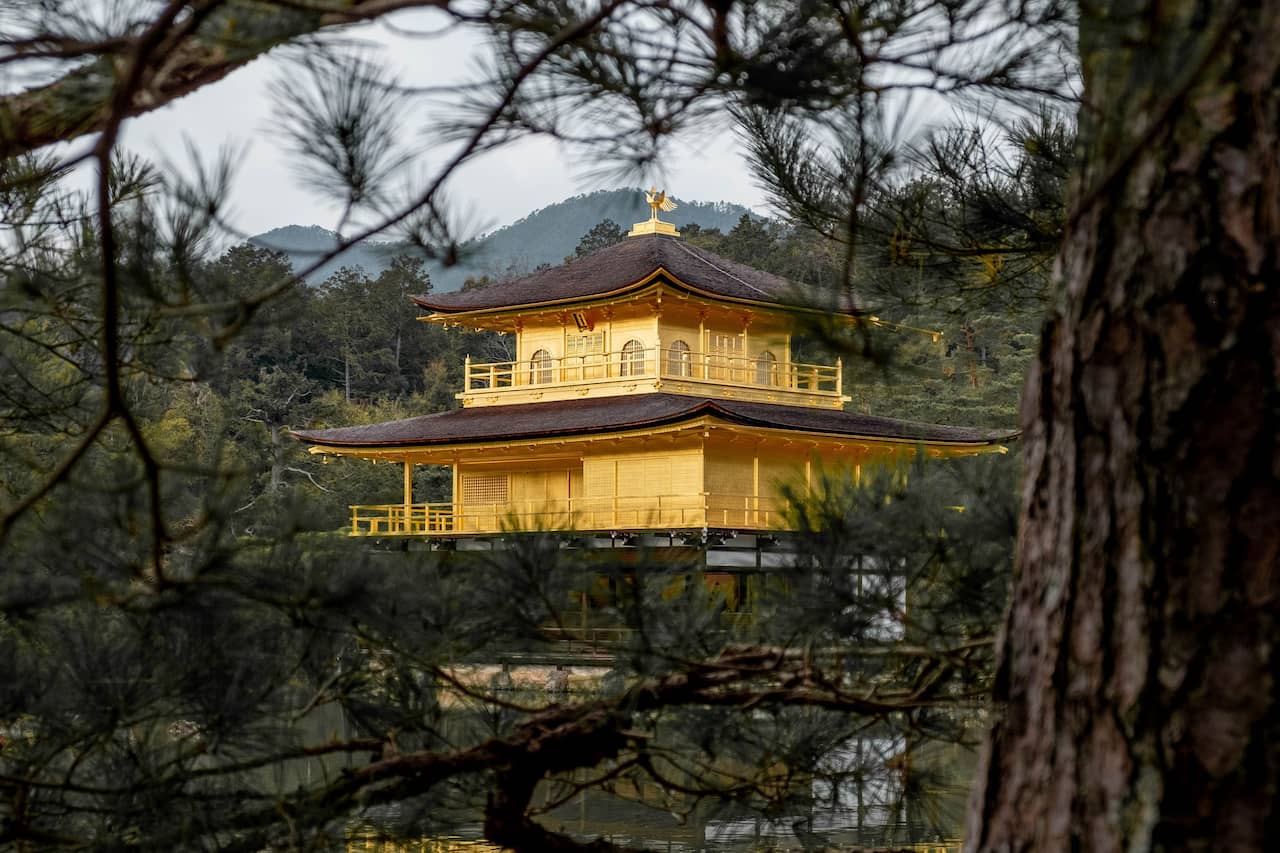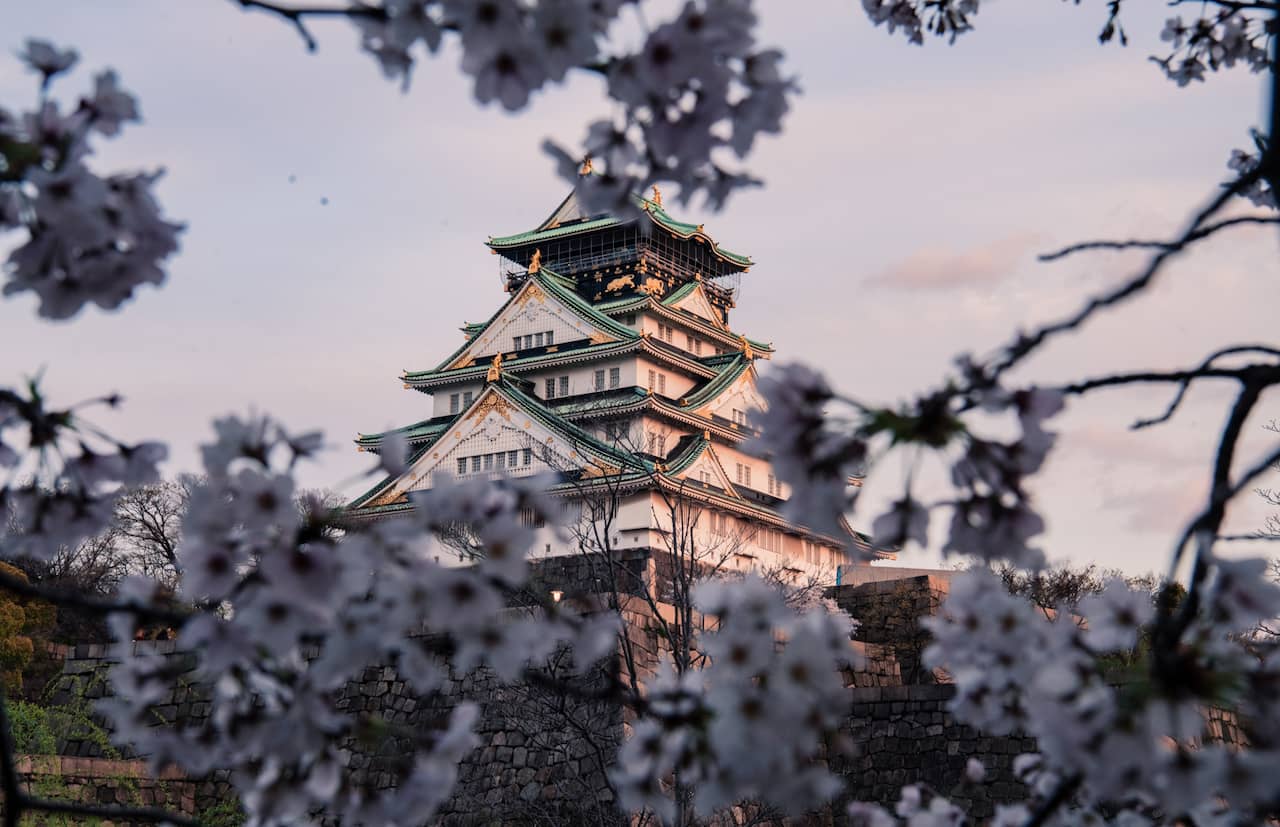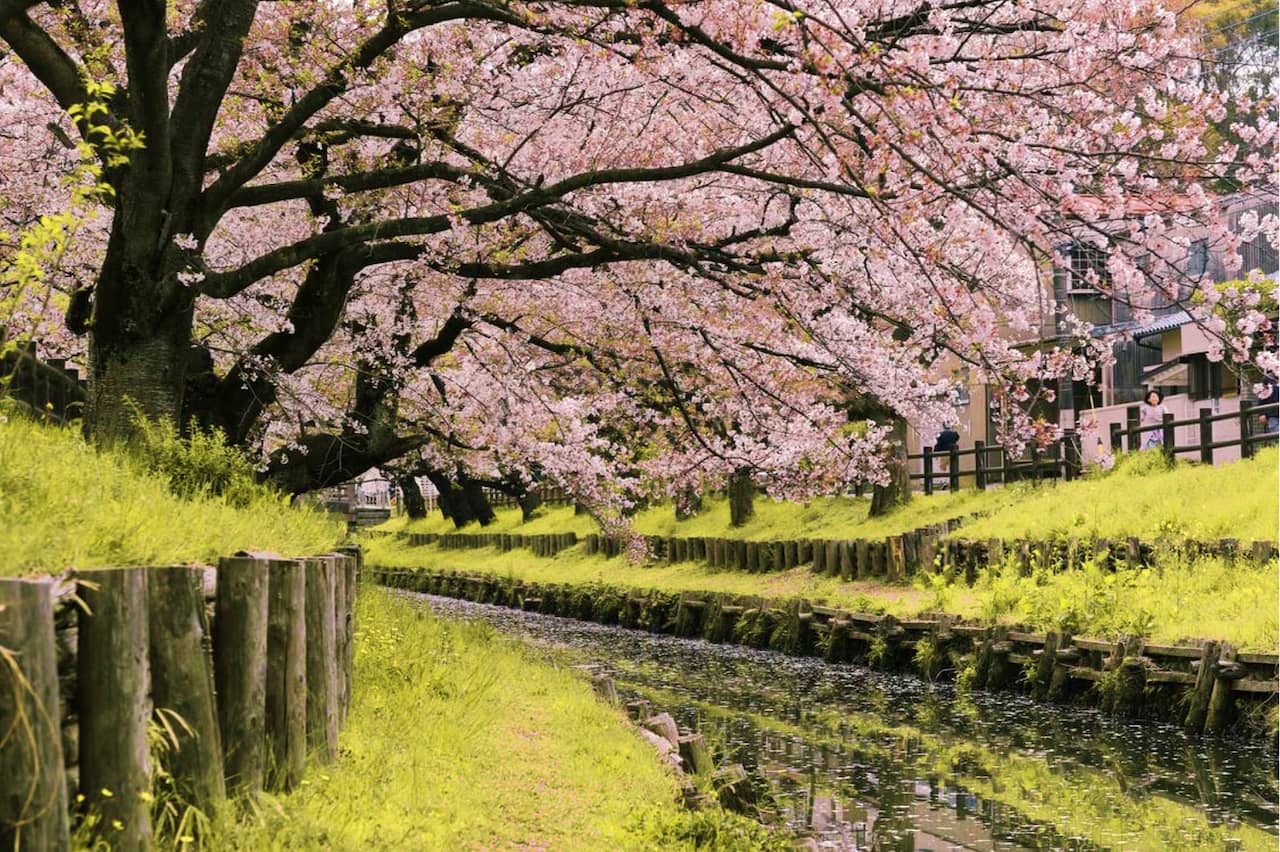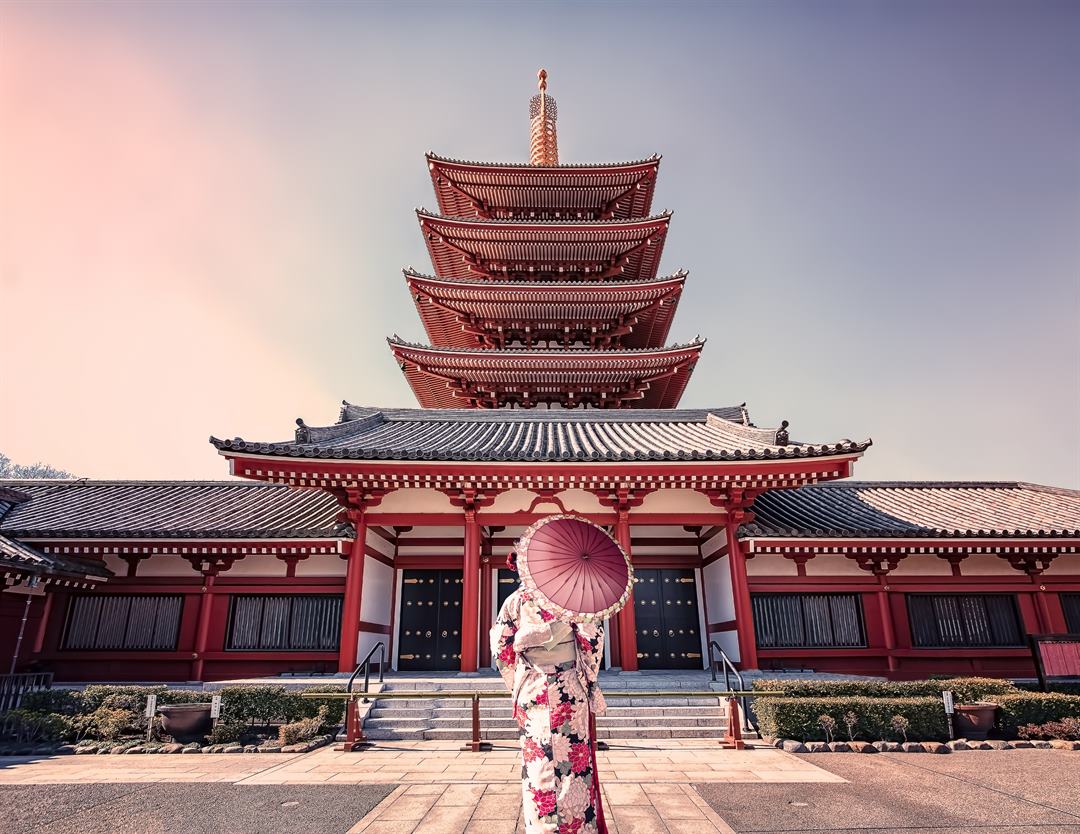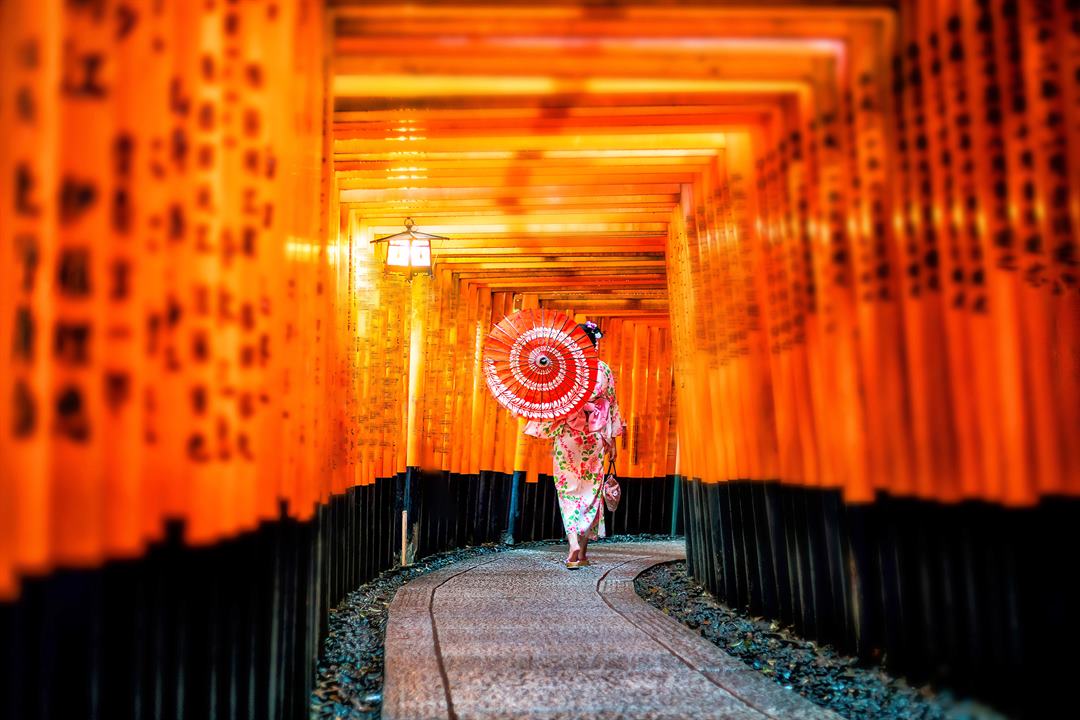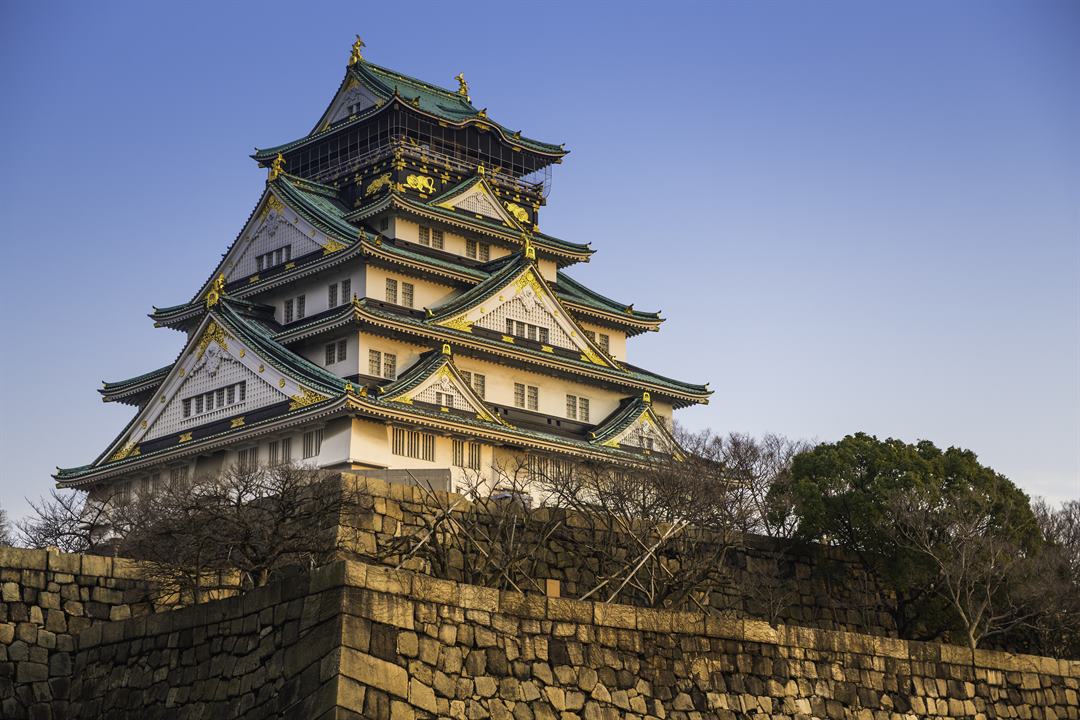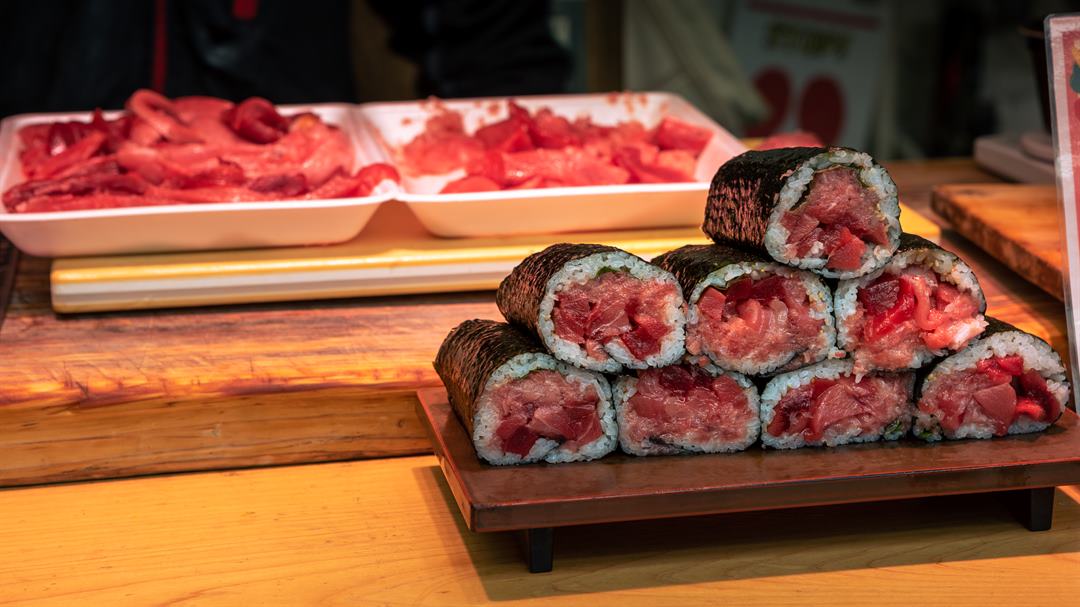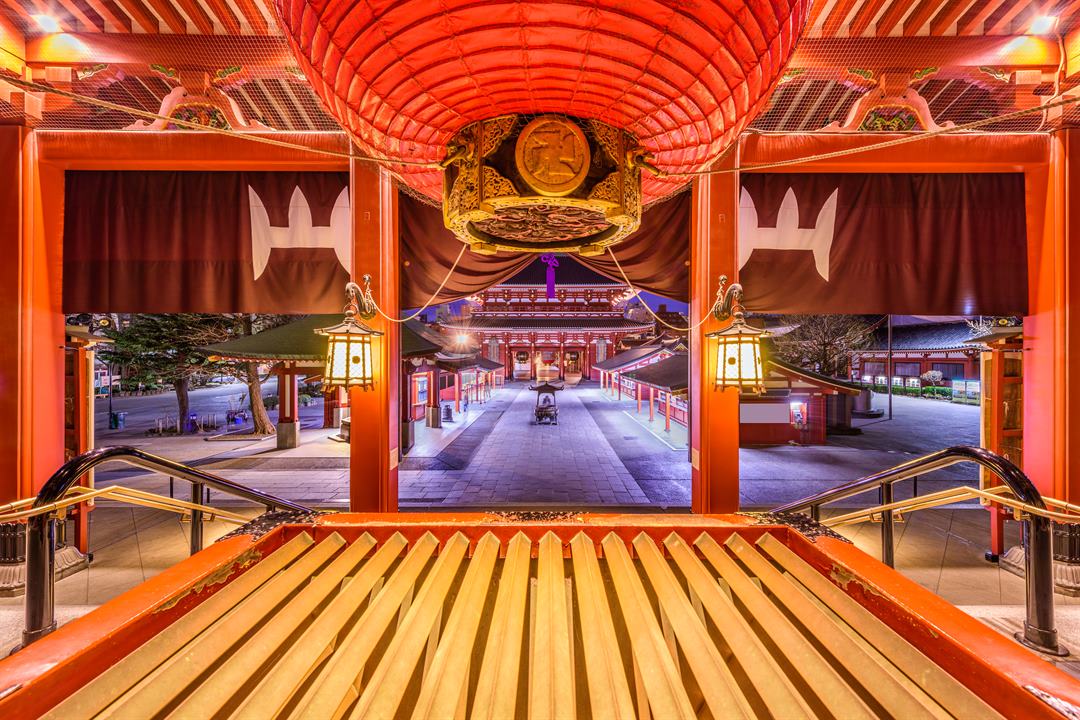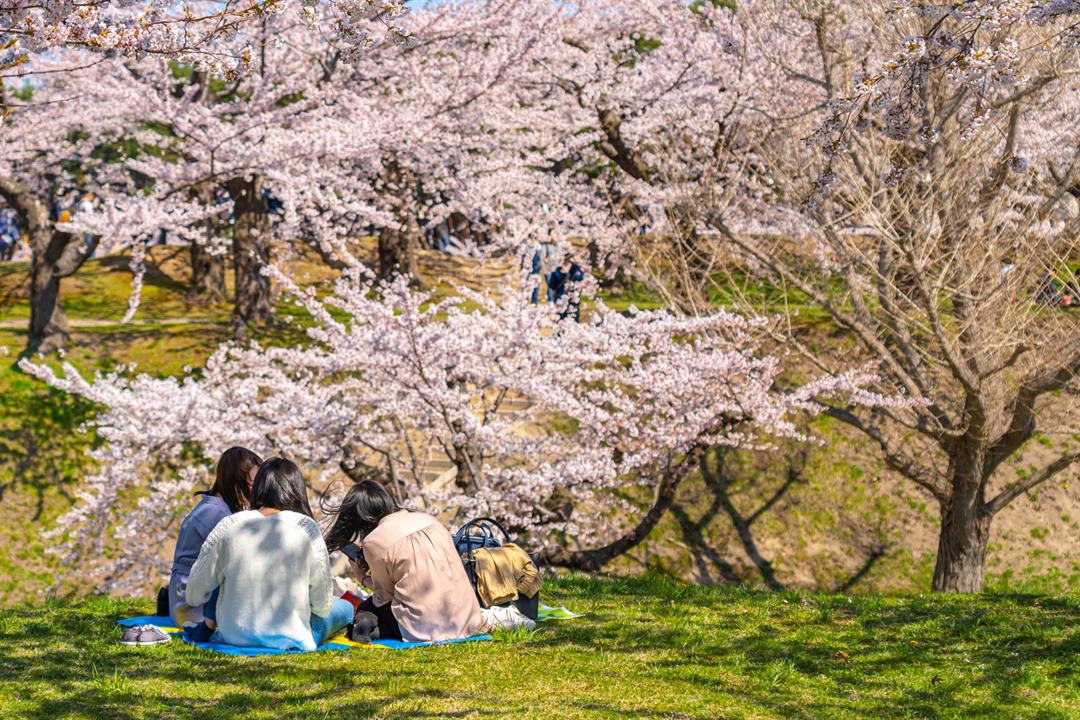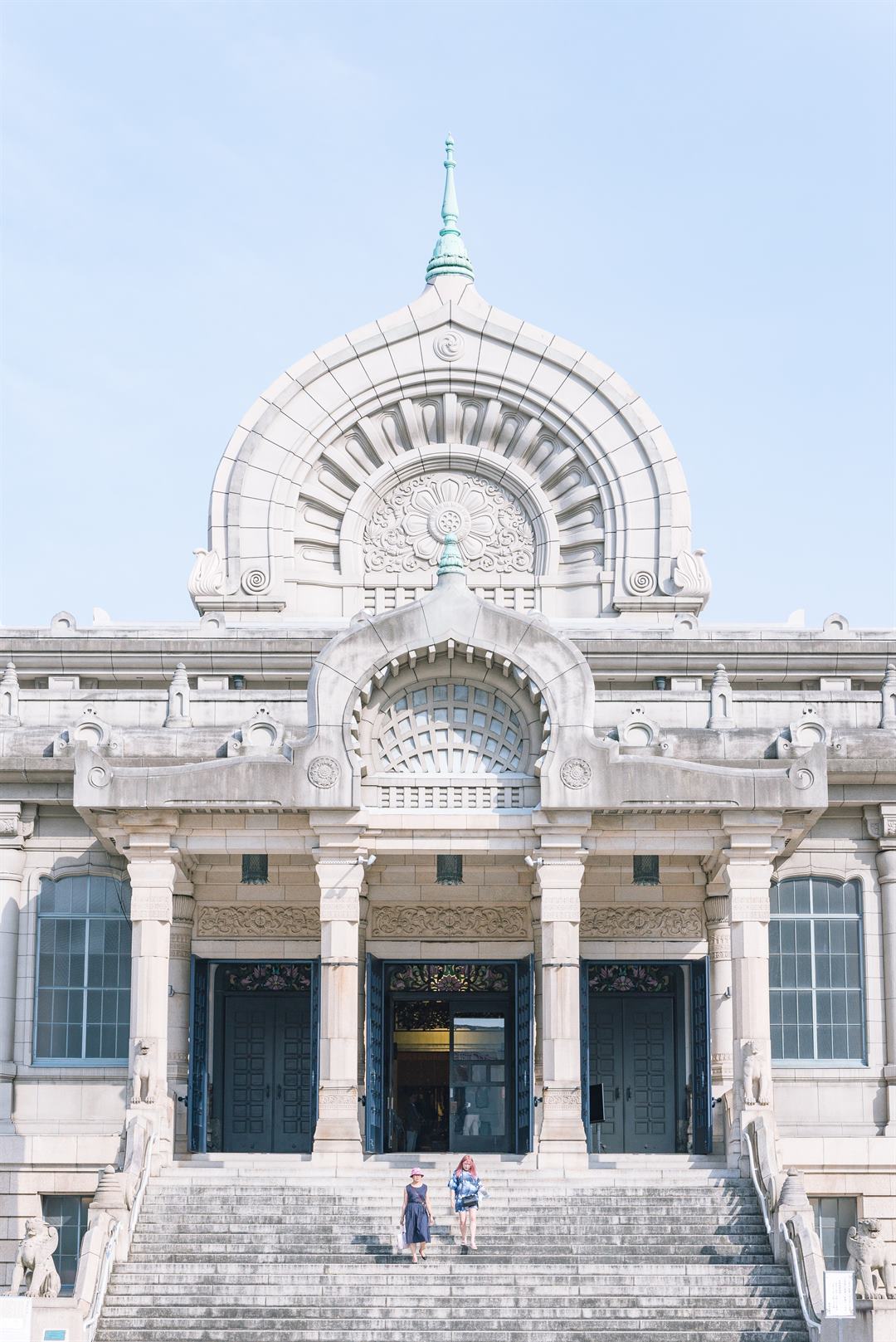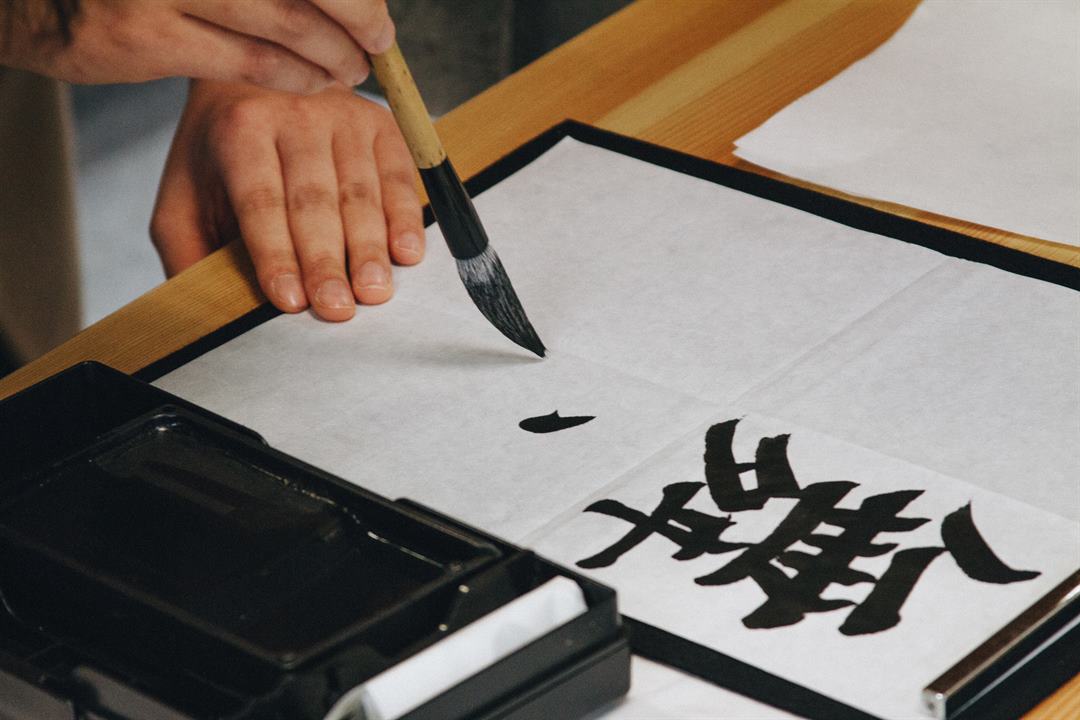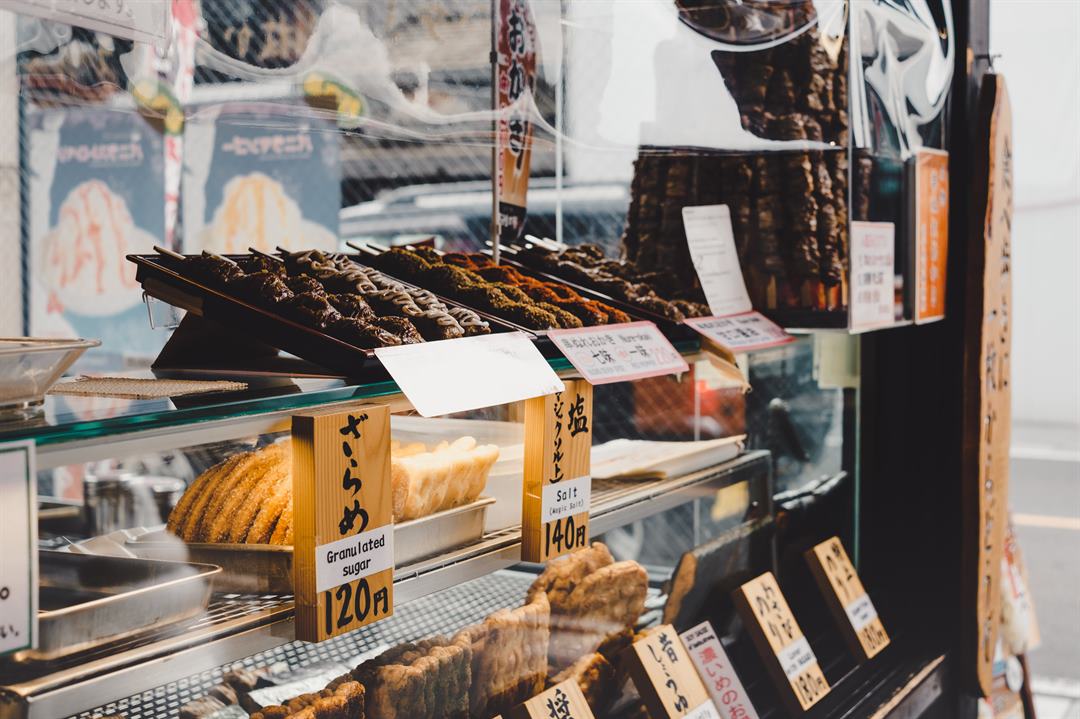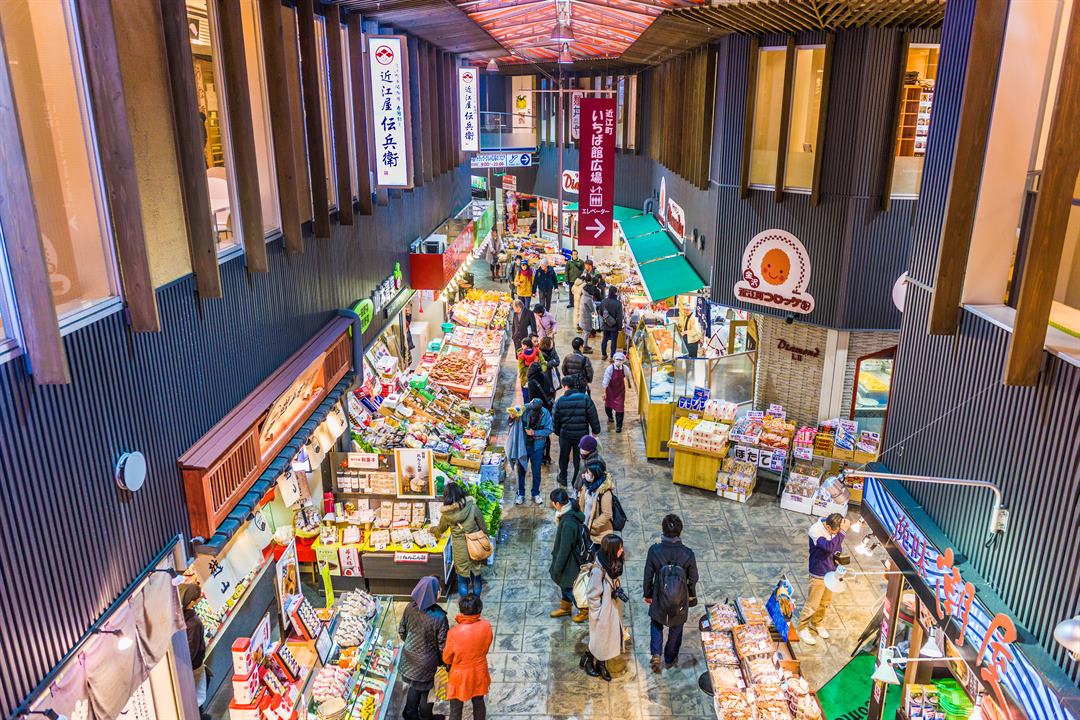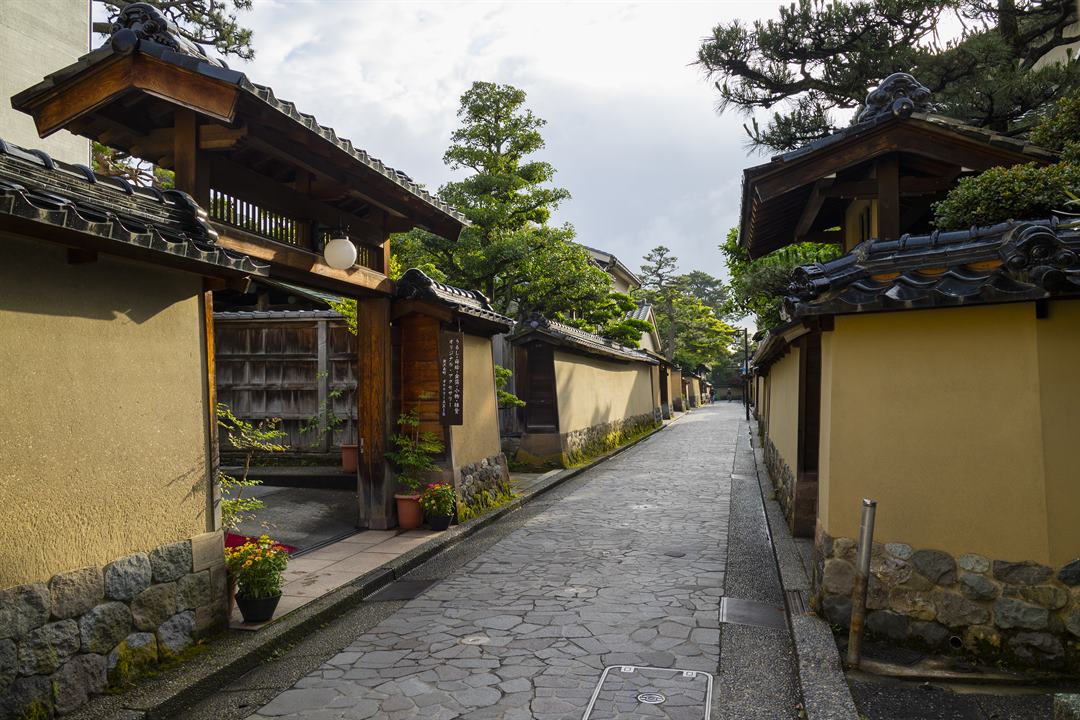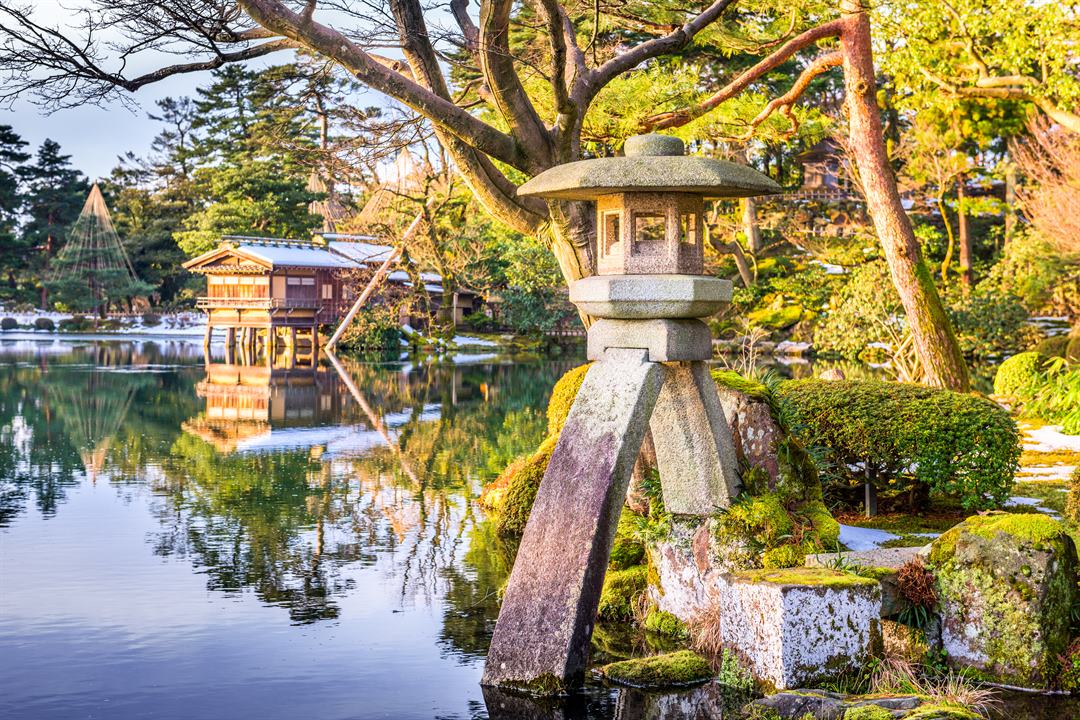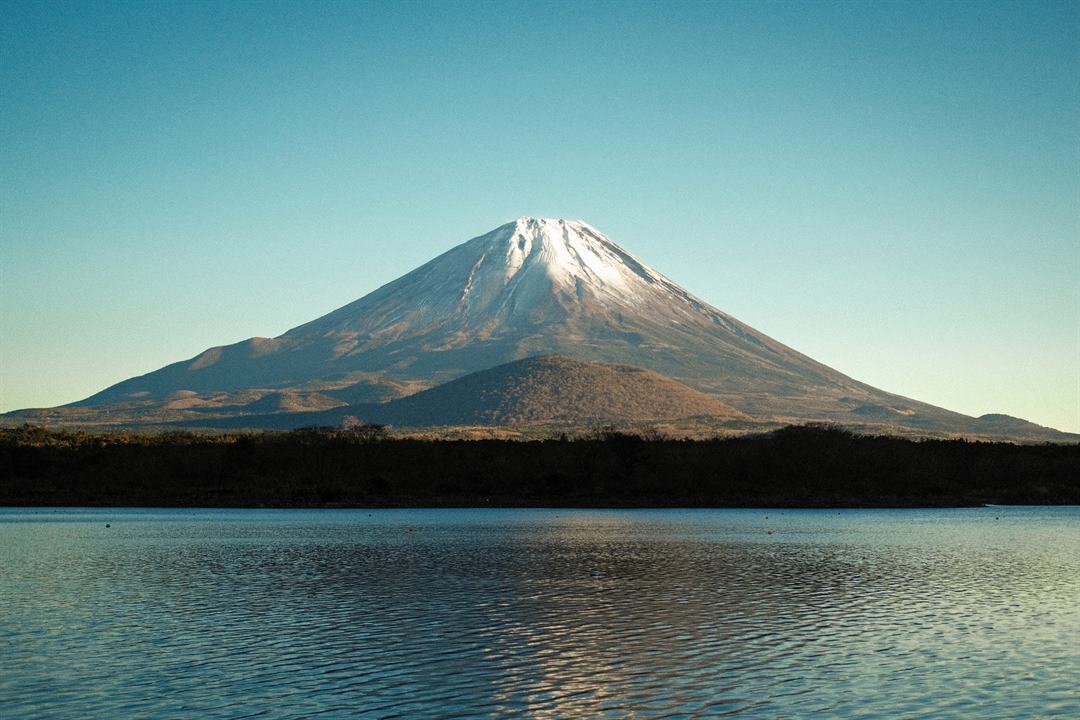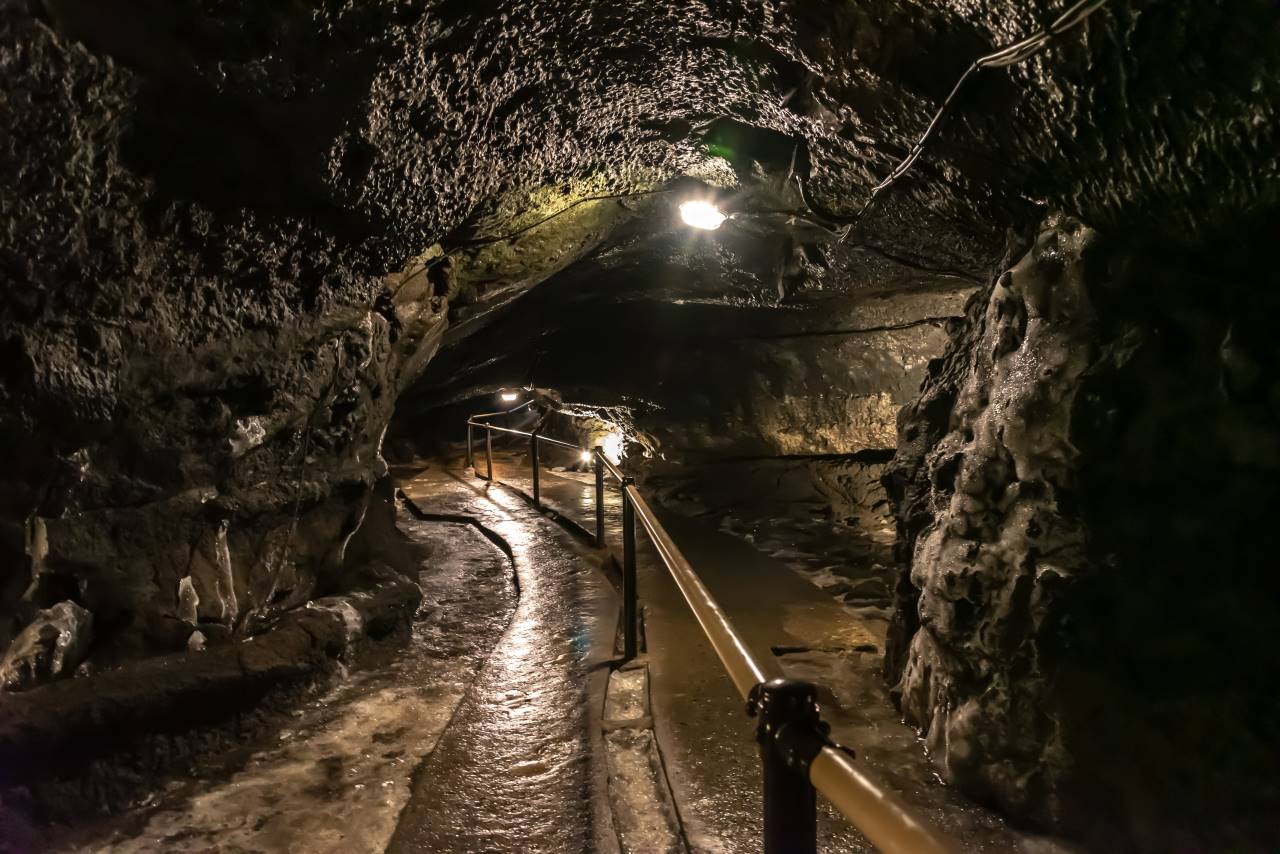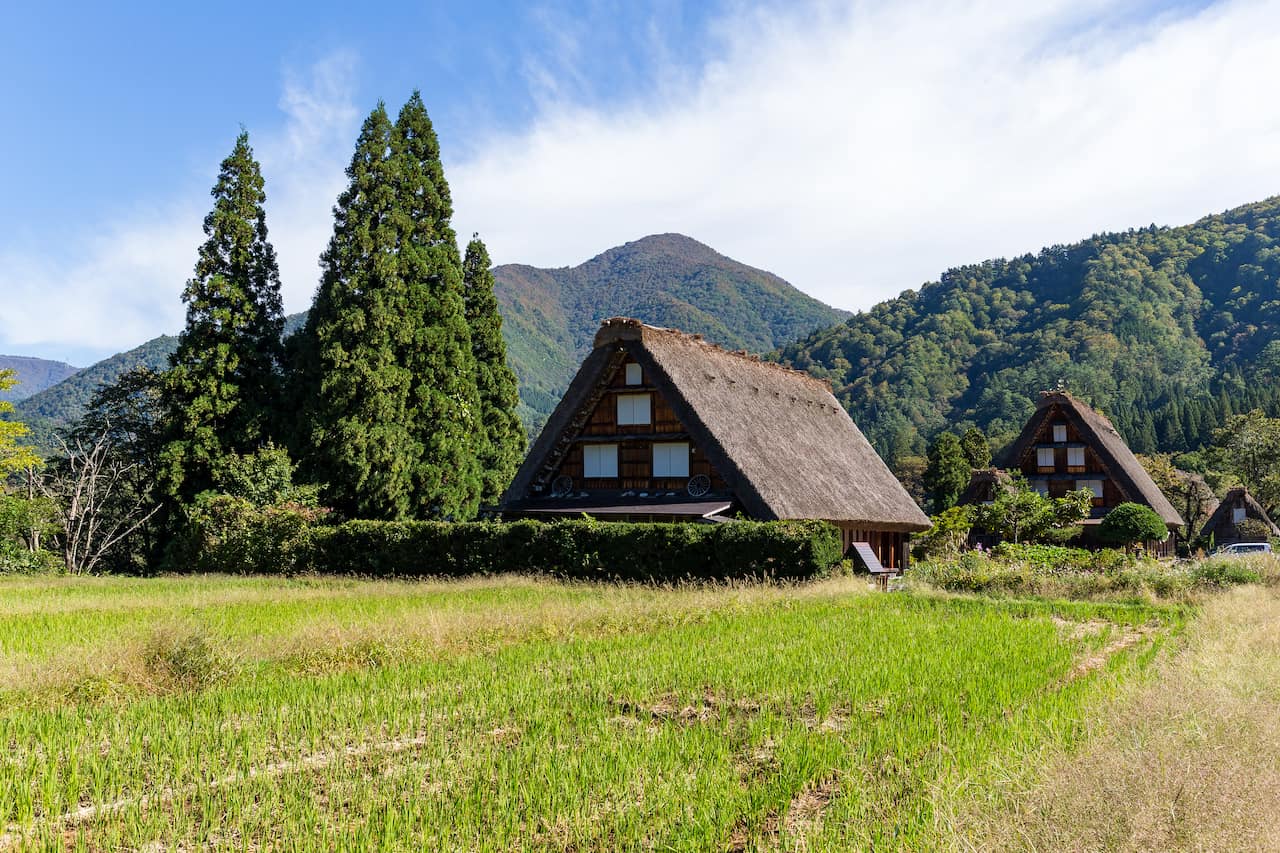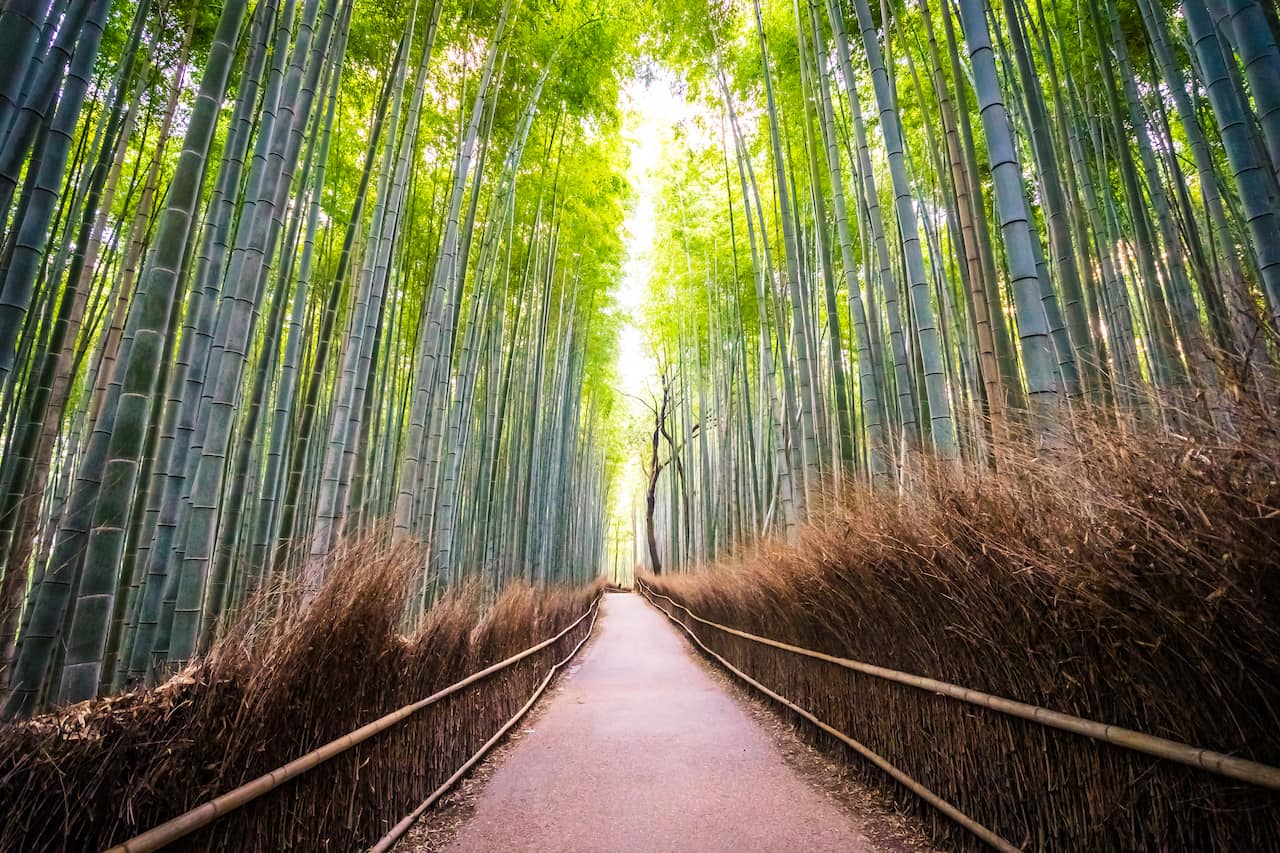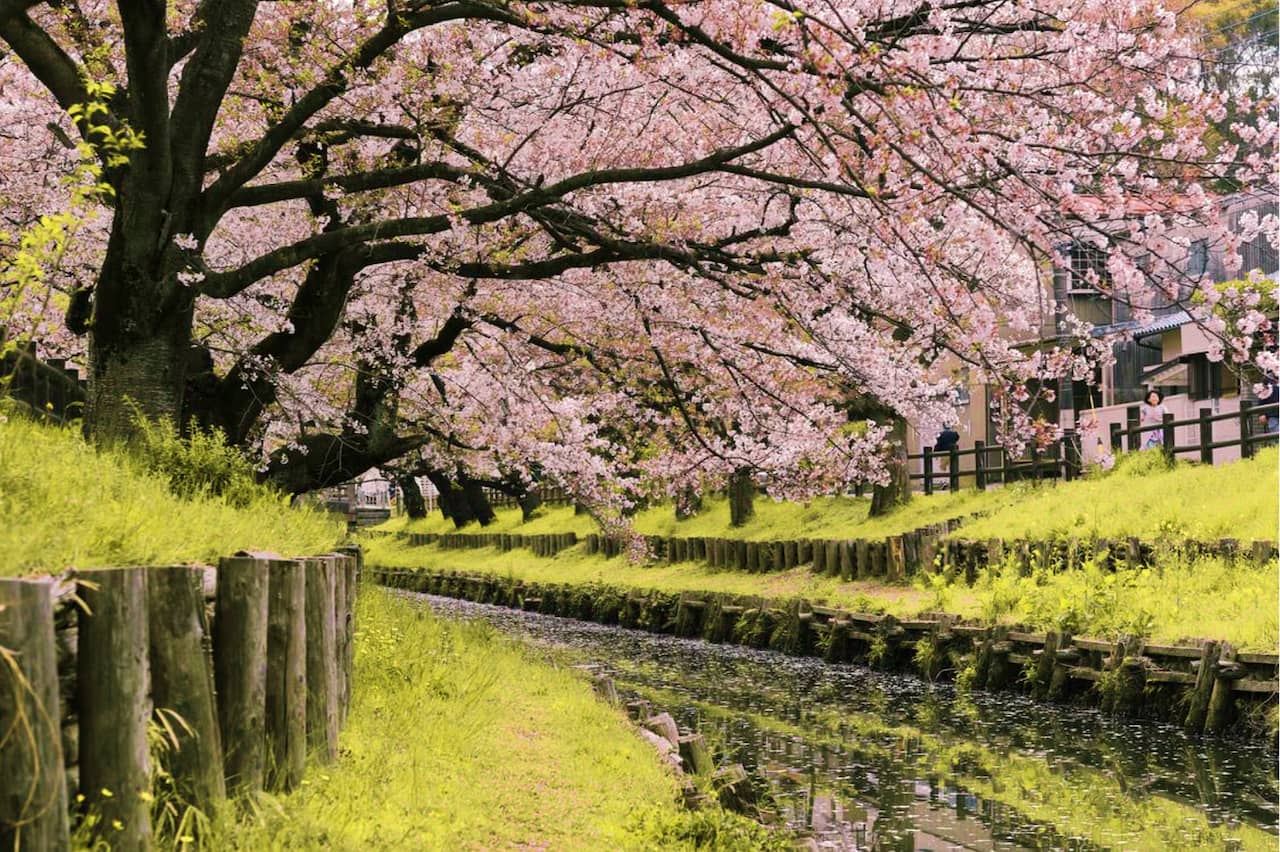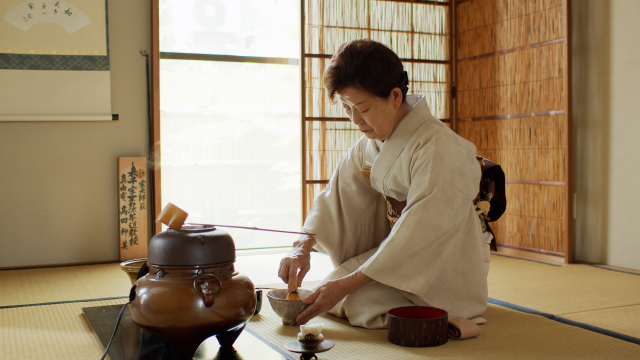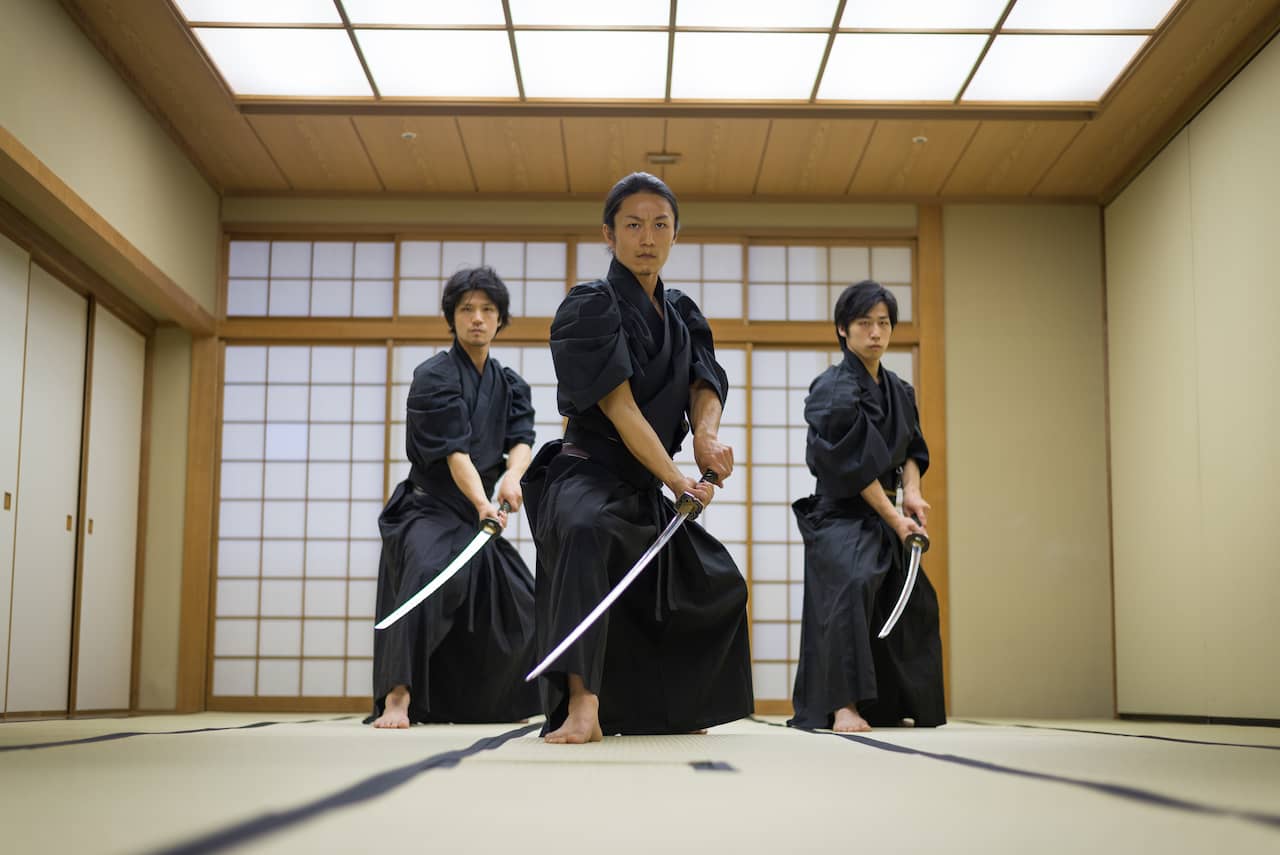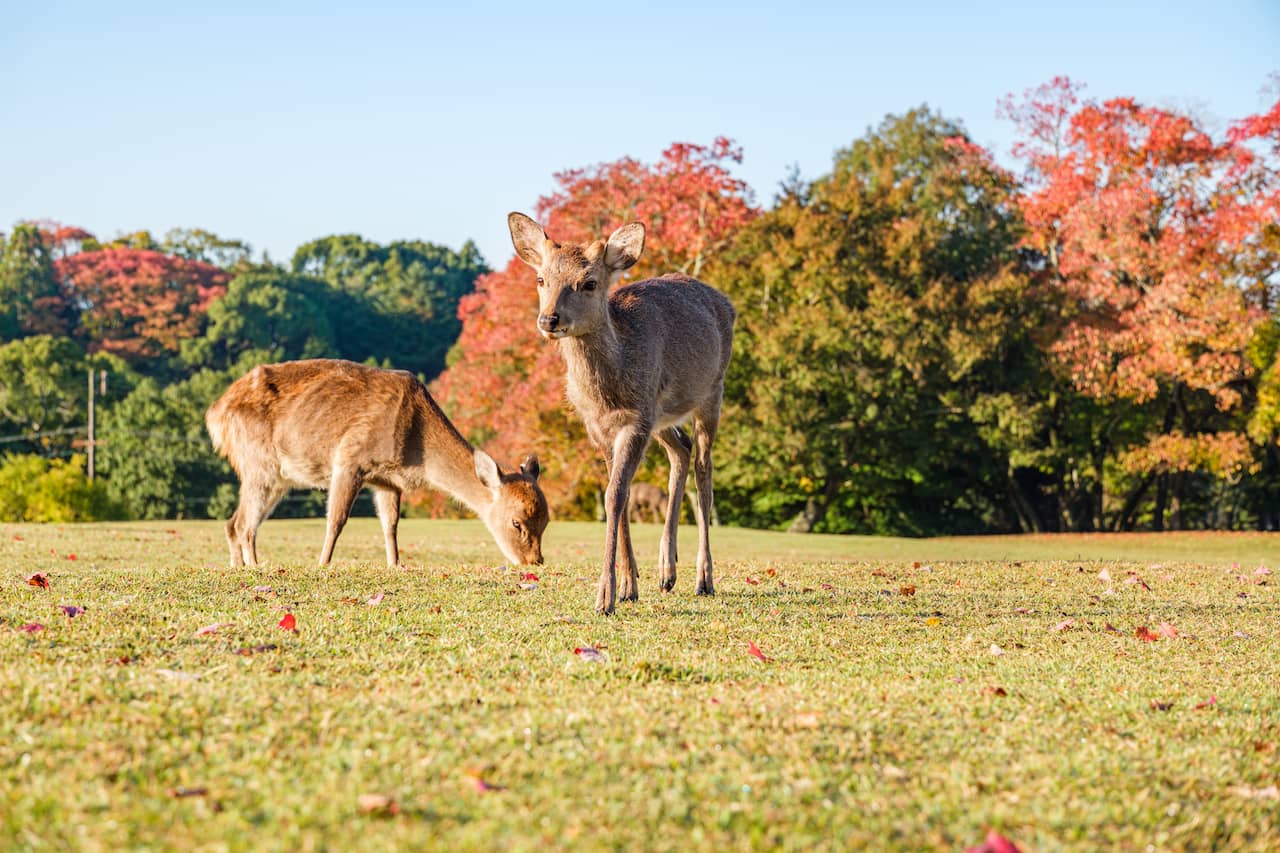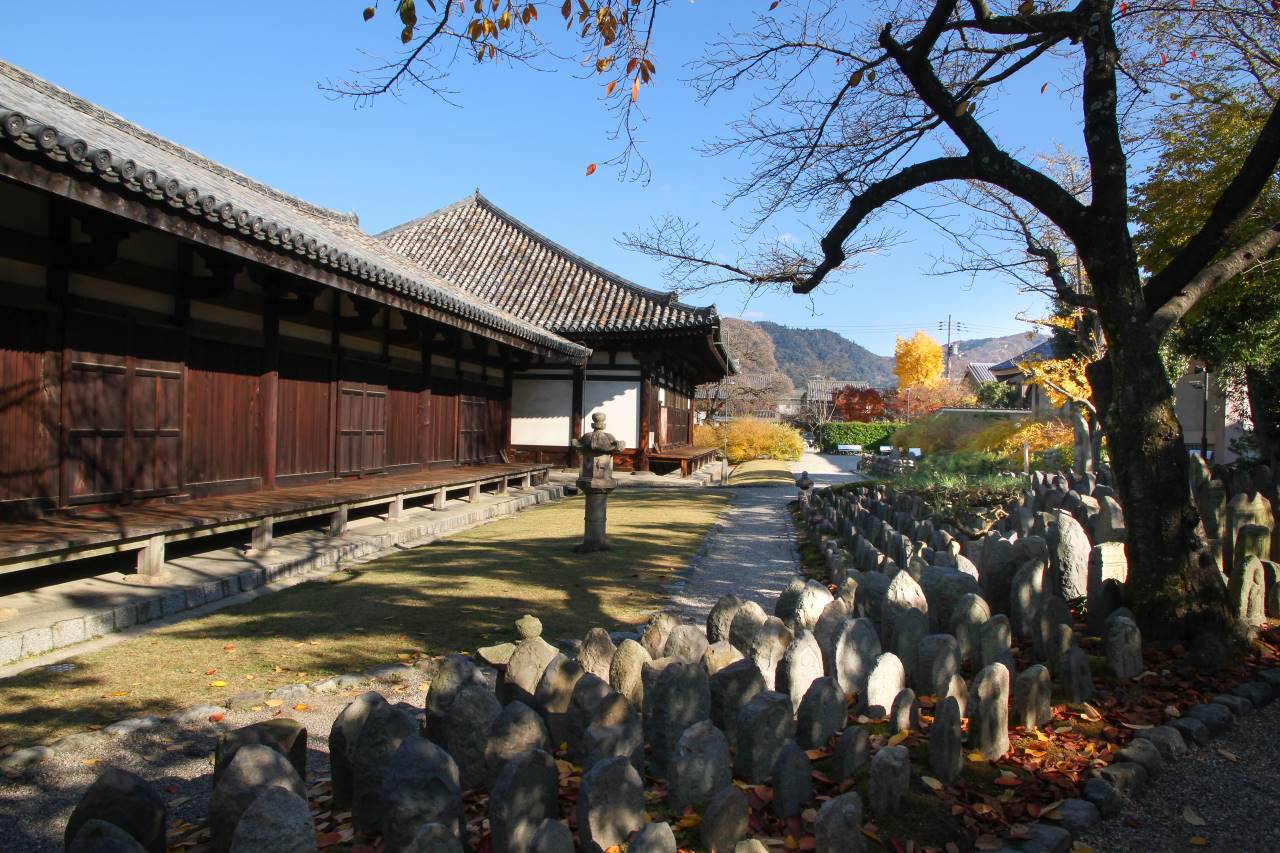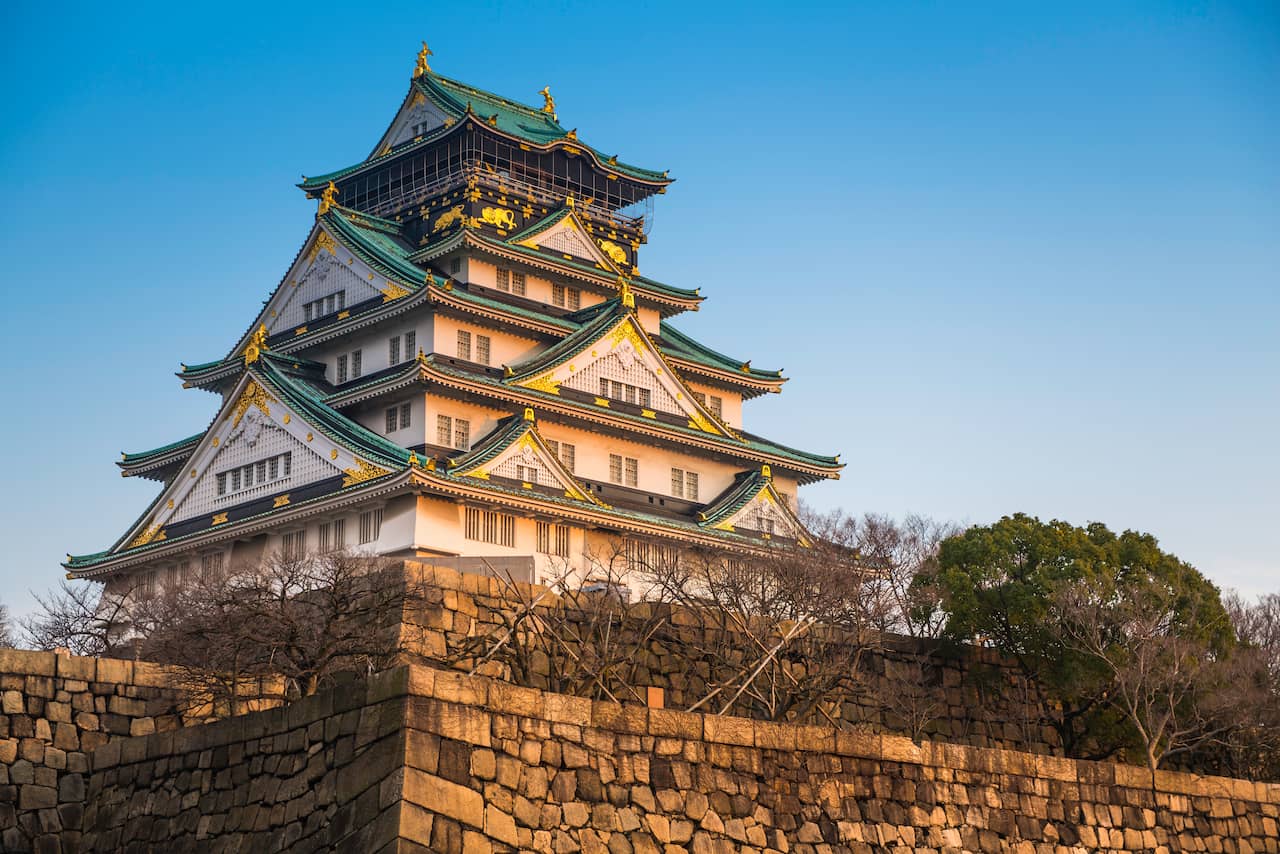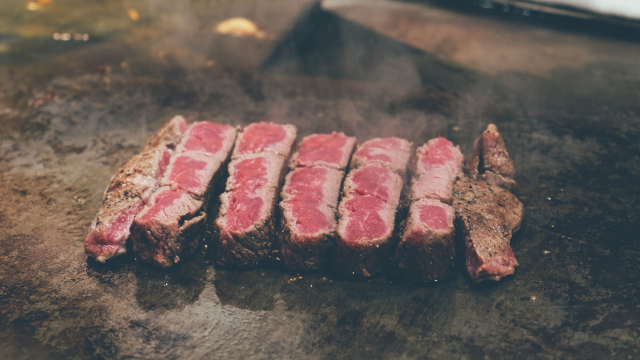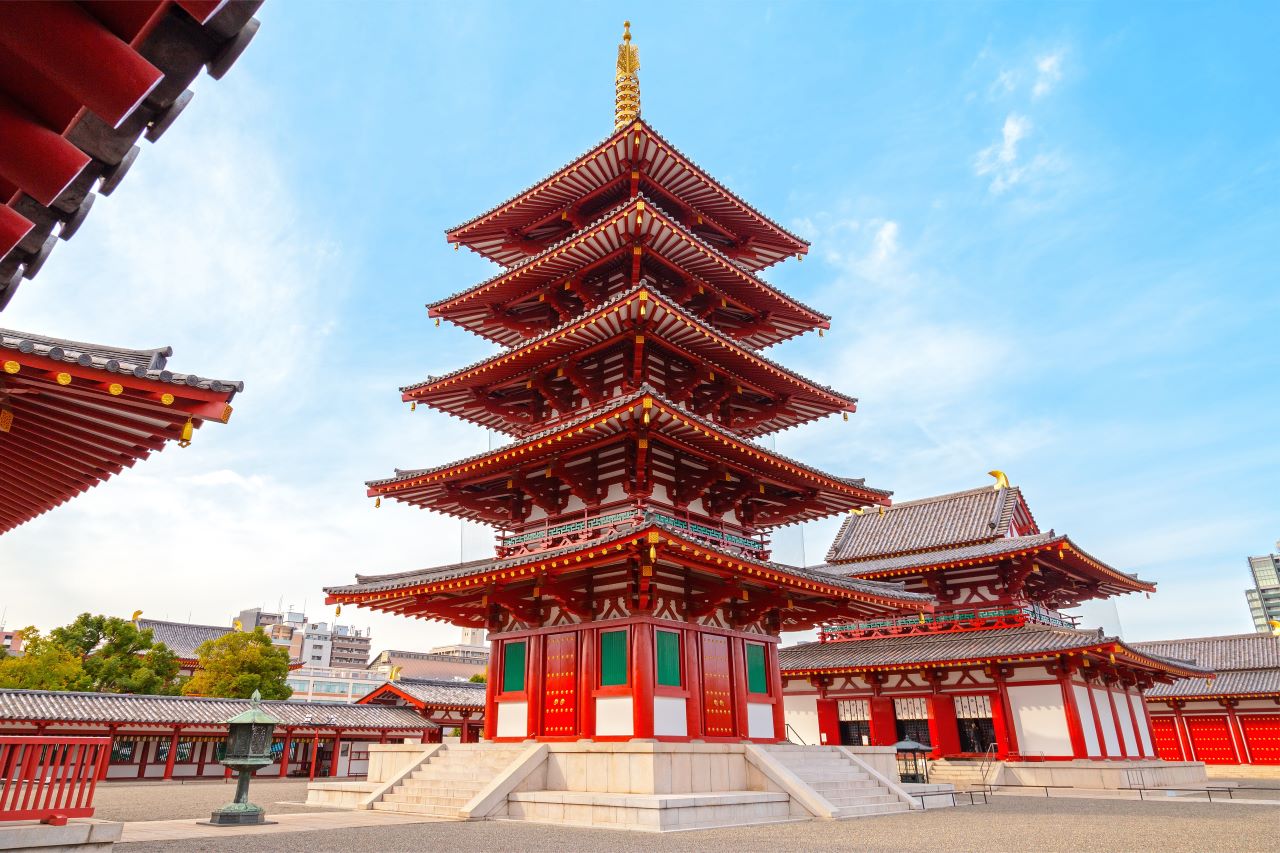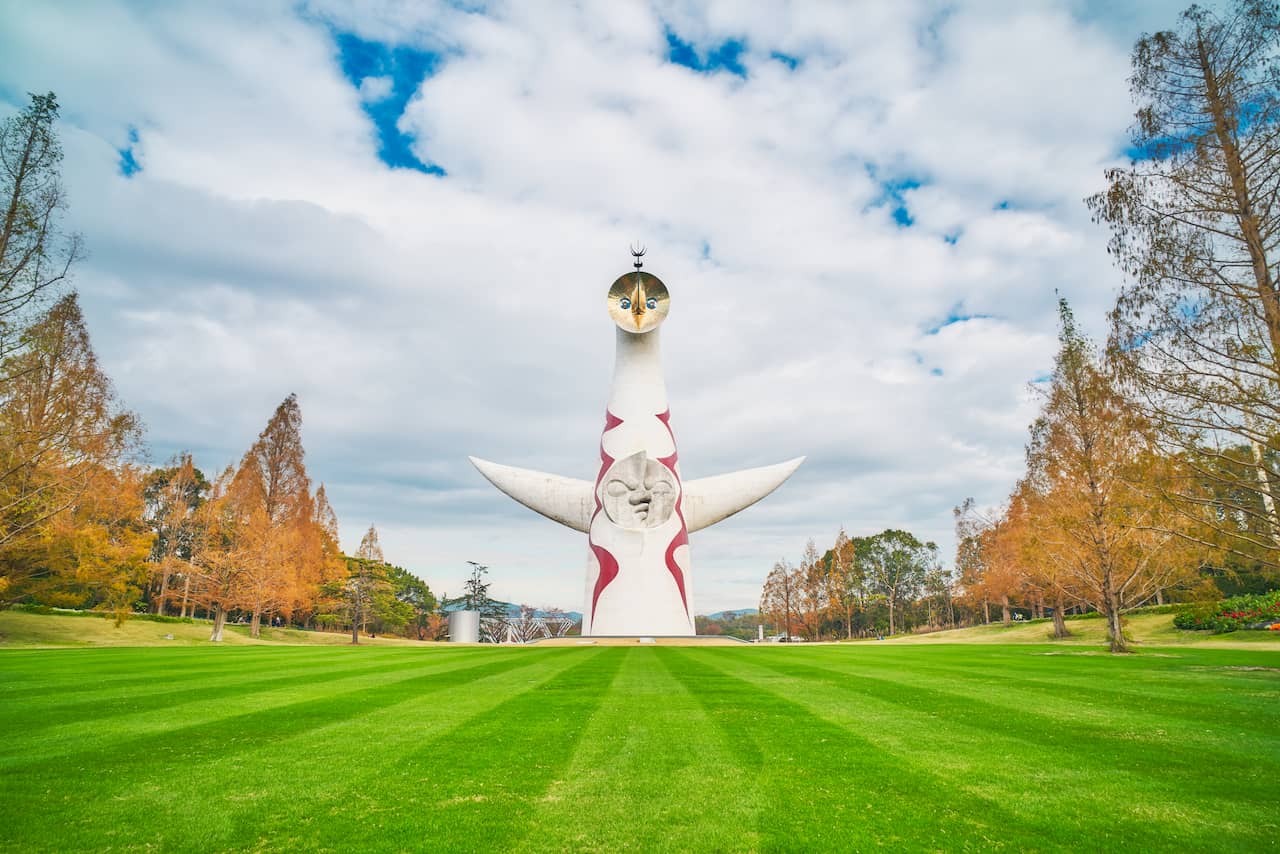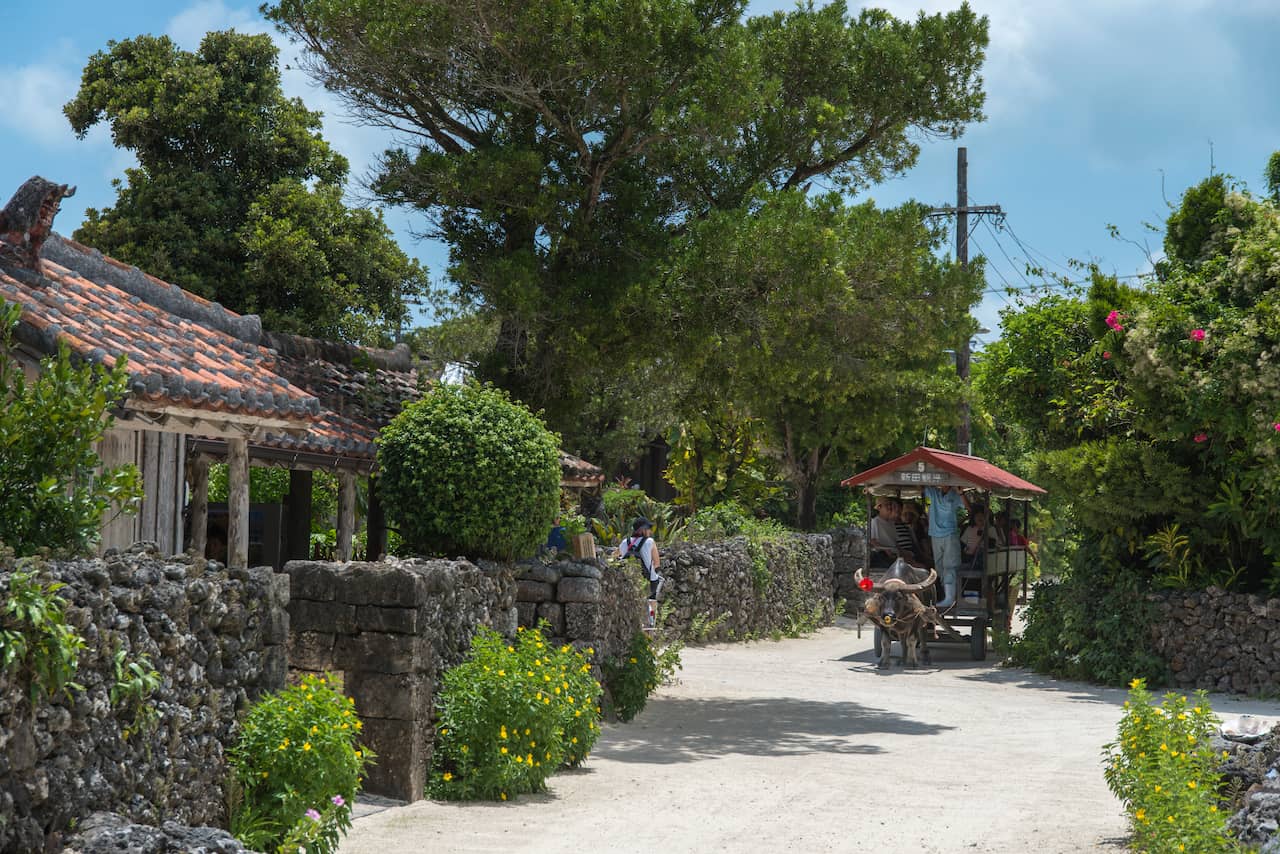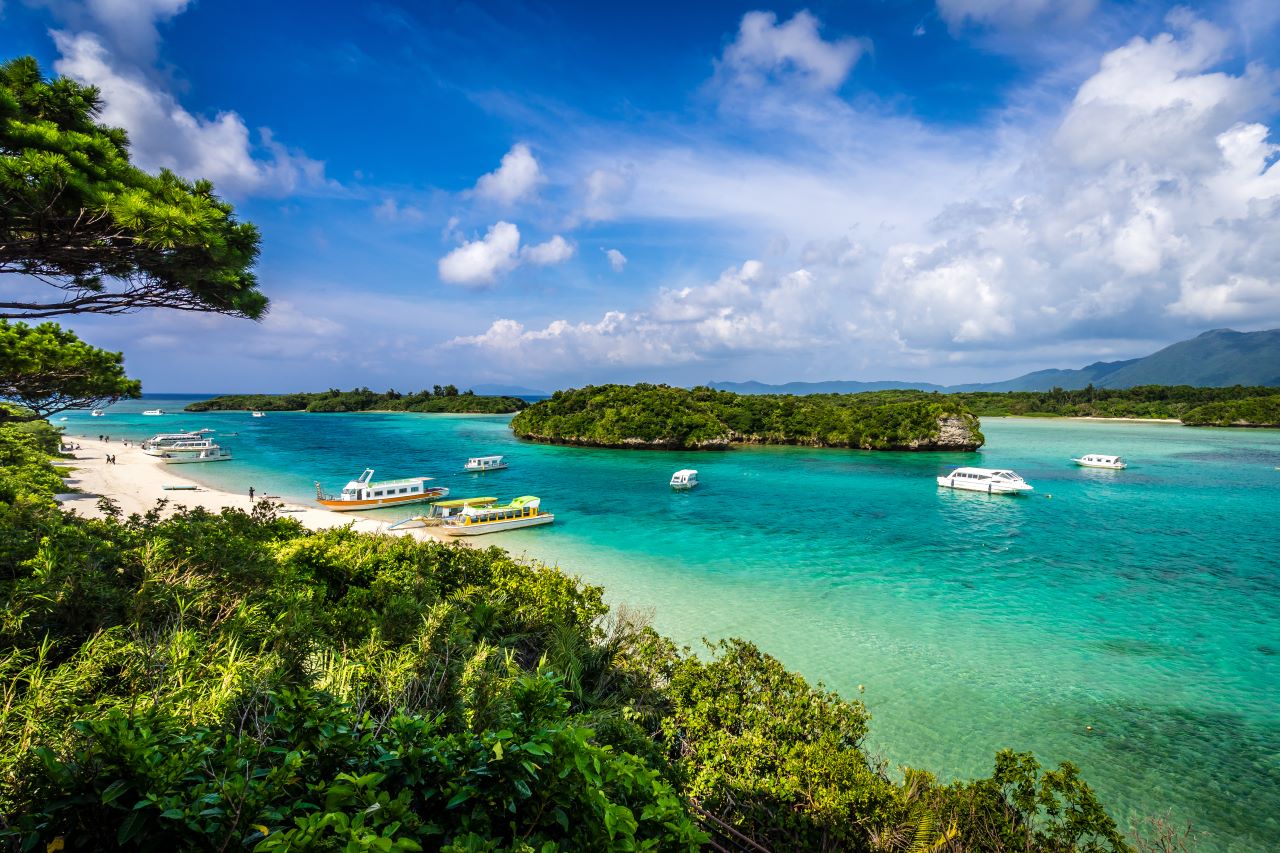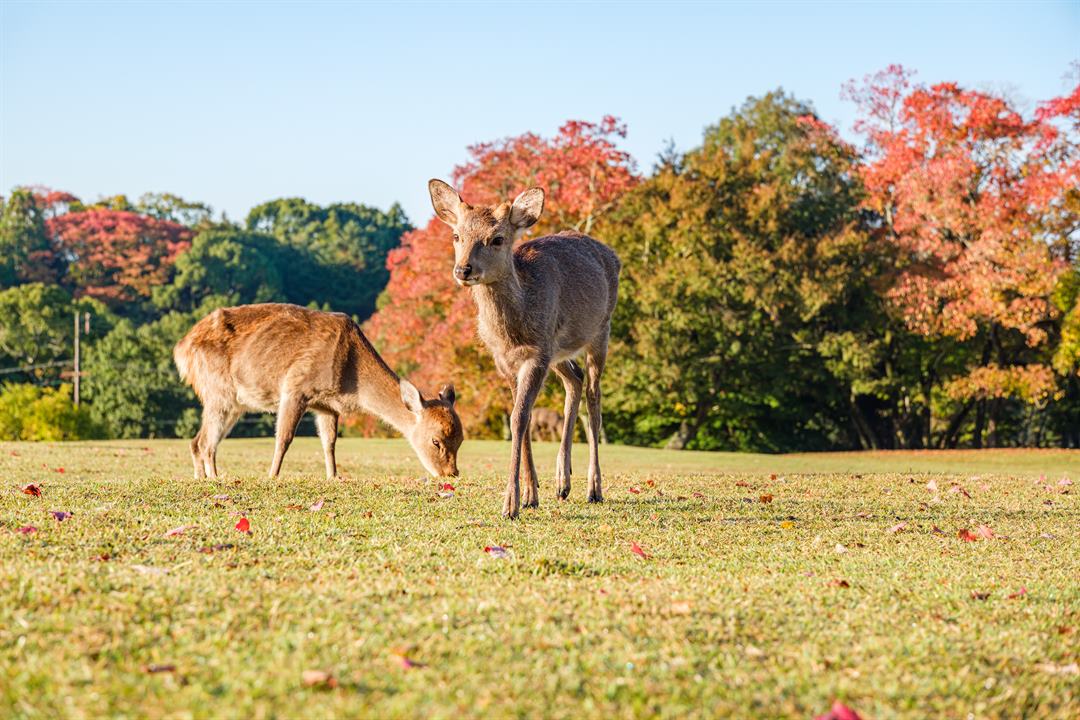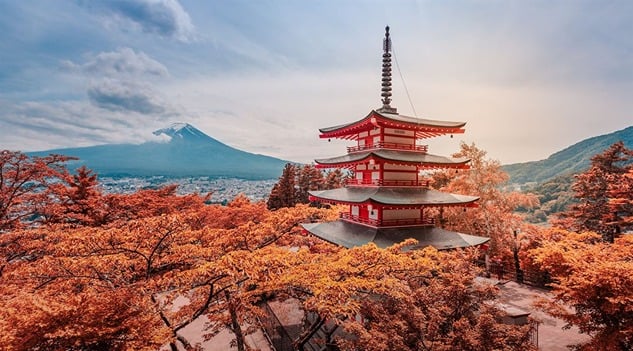
Japan
Itineraries
Best Time to Visit
Best Time to Visit
Seasons and weather can change at any time, and making predictions sometimes challenging. To ensure that your trip runs successfully, you must understand the ideal time to travel. We'll recommend the ideal times for you to go on a vacation.
*) Note : this is not actual data, our team still working on thisTravel Information
Travel tips on social protocols to guidance on financial matters, with the latest government travel advice.
Read MoreRequest Our Traveler Handbook
Get our traveler's handbook to understand your destination better. You will receive your copy by email as a PDF.
Request a Brochure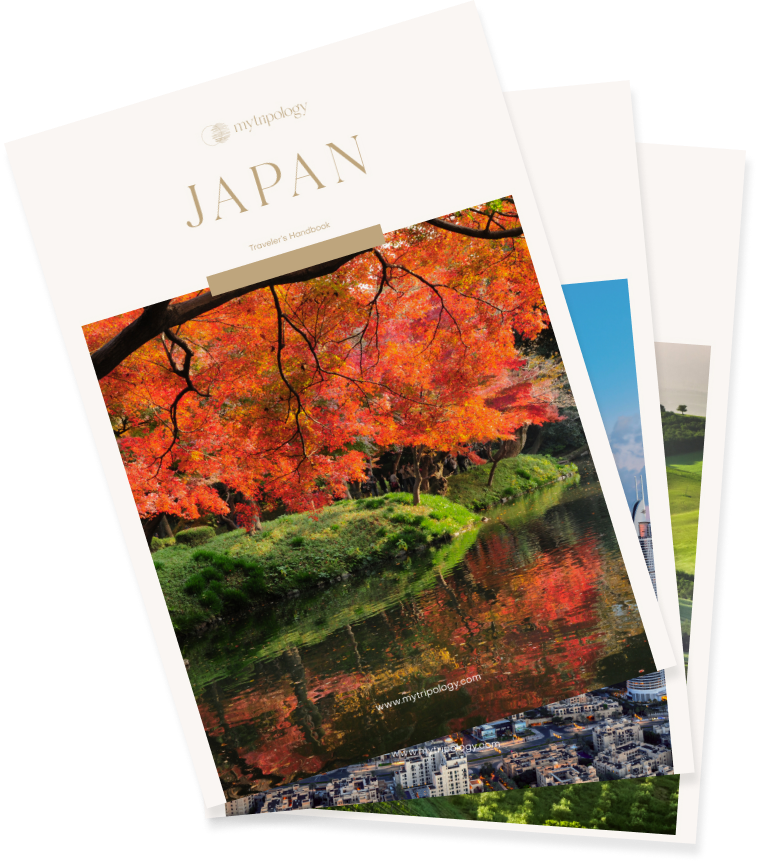
Travel Information
Travel tips on social protocols to guidance on financial matters, with the latest government travel advice.
Things to Do
Best time to visit
Japan is an archipelago of some 6,852 islands located in a volcanic zone on the Pacific Ring of Fire. Japan’s four main islands, Honshu, Hokkaido, Kyushu, and Shikoku, make up 97 percent of the country’s total land area. Honshu is home to Tokyo and many of Japan’s most prominent cities, including Yokohama, Osaka, Nagoya, Kobe, Kyoto, Kawasaki, Saitama, Hiroshima, and Sendai.
Time Zone
Japan's standard time is UTC +9.
Language
The official language is Japanese, and all education, media, business, and government are conducted in Japanese. English is not as widely spoken in Japan as in many other Asian countries, and there are more English speakers in major cities such as Tokyo and Kyoto. In most international chain accommodations, you will usually find someone around who speaks English.
Weather/Temperature
Japan has four distinct seasons, and each season offers its unique conditions and attractions. However, the best time to visit Japan is generally spring or autumn when the weather is fine and mild. Spring from March to May is perhaps one of the best times to visit Japan as temperatures are pleasantly warm without being too hot, with daytime temperatures ranging between 21C and 26C. The weather is fine with little rain from March to April, the famous Cherry Blossoms bloom, and festivals are celebrated. Summer from June to August begins with heavy rainfall, which turns the country into a steam bath with temperatures as high as 35C and extreme humidity. The best thing about summer is the fantastic fireworks shows and festivals.
Autumn from September to November is also an excellent time to visit Japan, with the weather much more tolerable than in summer. The days are commonly fair, and the landscape turns to rich autumn shades, which are almost as impressive as stunning cherry blossoms. Winter from December to February is a magical time to visit as the landscape is turned white with snow. It’s the perfect time to go skiing or check out the hot springs. Temperatures in winter generally range from -4C
Culture
Japan is renowned worldwide as a nation steeped in a culture that combines traditions and modernity. Thousands of years as an isolated island country allowed Japan to undergo various cultural evolutions in solitude, creating a unique traditional culture. The Japanese are almost universally polite and helpful. Even in a situation where someone does not speak English, they will almost certainly be willing to try to help, and people often go out of their way to assist foreign travelers. This is out of genuine care and concern without expecting anything in return. For the best experience, reciprocate their politeness, learn a few essential Japanese phrases, and return the polite bow when greeting people.
There are two main religions in Japan: Shinto and Buddhism. Shintoism believed that every living thing in nature (e.g., trees, rocks, flowers, animals - even sounds) contains kami or gods. Consequently, Shinto principles can be seen throughout Japanese culture, where nature and the turning of the seasons are cherished. Buddhism arrived in the sixth century, establishing itself in Nara and divided into several sects, the most popular being Zen Buddhism. In essence, Shintoism is the world's spirituality and life, whereas Buddhism is concerned with the soul and the afterlife. That is why the two religions exist so successfully together, without contradiction.
Manners and customs are an essential part of many facets of Japanese life. One of the most apparent social conventions is the bow. Everyone bows when they say hello, goodbye, thank you, or sorry. Bowing is a term of respect, remorse, gratitude, and greeting. Japanese people will understand if visitors do not have proficient use of chopsticks, but there are some rules you should try and follow:
- Please do not stick your chopsticks into your bowl of rice or pass food around with them. As well as being slightly uncouth, these actions have relevance to the Japanese funeral ceremony. Never pass food from your chopsticks to someone else's chopsticks. The only acceptable time to give something between two people using chopsticks is at a funeral. After a cremation, the remaining bones of the deceased are picked up by a relative with unique chopsticks and passed to chopsticks held by another relative, who then places the bones into the urn.
- It is also advisable not to douse your rice in soy sauce. The Japanese are very proud of their rice, and this seemingly innocent action may surprise and even offend some ryokan/restaurant owners.
- It is common to walk and eat in public which is considered bad manners. You may sit down in a public place and eat or stand at restaurants/shops, but walking and eating are not polite.
Public Transportation
Japan has an efficient public transportation network, especially within metropolitan areas and major cities. Getting around any Japanese city using bus and metro/subway networks is efficient and punctual and, compared with other countries, extremely safe. Many of a city's most popular sightseeing spots are a short walk or bus ride from metro and subway stations. Costs may be on the high side, but standards of service and efficiency are correspondingly reliable. Prepaid IC cards such as Suica and Icoca are primary tools for convenient train and bus fares payment. Or you can purchase tickets for short-distance trips at ticket machines.
Cabs/taxis can be an alternative to going around the city, and it is advisable to have the Japanese address of your destination on a piece of paper or marked on a map to quickly relay to the cab drivers where you want to go. Please note that during peak travel hours, they are costly.
Most of Japan's major cities are connected by a high-speed bullet train network, run by the Japan Railways Group (JR Group). Known as the Shinkansen, these bullet trains can travel up to 320 kilometers per hour. If you expect to use the Shinkansen a couple of times in your trip, consider getting the Japan Rail Pass (JR Pass), which offers unlimited rides on most Shinkansen lines and JR-operated trains and buses ferries across Japan for 7, 14, or 21 days. Check out posts on Japan Rail Pass FAQ for more information.
Some Japanese cities, such as Hokkaido, are not part of the Shinkansen network, so getting there can be done via regular trains (local train, rapid train, or a limited express train). You can find car rental companies at airports and major train stations once you are in Japan or make an advanced online reservation through the car rental company's websites. It requires an international driving license.
Local Currency (Credit/Debit Cards & Foreign Currency Exchange)
The local currency is the Japanese Yen. The current exchange rate is approximately JPY 1 = USD 0,0088. Japan has a reputation for being a cash-based society, and payment methods using cash are still prevalent, especially for small amounts like entrance fees at tourist sights, small restaurants/shops, and many lockers also require coins. It is advisable to keep cash at hand when visiting rural areas. You can exchange foreign currency in significant cities at banks, hotels, and authorized money changers located at airports and malls. The US dollar is a highly traded foreign currency in Japan, and partly for this reason, you might get a favorable rate if you change US dollars into yen in Japan.
Many ATMs in Japan do not accept cards issued outside of Japan. Exchange rates tend to be competitive for those who do, but service fees vary widely depending on the card. Inquire with your card issuer in advance. Many ATMs in Japan are out of service at night, and some are unavailable on weekends.
Foreign credit, debit, and cash cards are convenient for obtaining cash – however, bank ATMs are restricted to cards issued in Japan. The best option is to use the International ATMs on arrival, post offices, and 7-11 convenience stores. For further information about the location of ATMs at 7-11 stores, please access the following webpage and press the “International ATM icon at the bottom right-hand side of the page: http://www.sevenbank.co.jp/intlcard/index2.html. Traveler’s Checks (T/C) are accepted in very limited currencies in Japan, and international airports and leading banks are where you can change your T/C for yen.
Most international credit card networks are acceptable in major cities in Japan. The most widely accepted cards in Japan are MasterCard, Visa, and Japan’s credit card brand, JCB. At the same time, American Express (Amex) and DinersClub cards are also acceptable at most establishments selling high-end products. There are also locations including sightseeing areas and department stores handling large sums of money to accept cards like UnionPay. Holders of other cards need to clarify whether their card is acceptable in Japan with a commercial bank. There will be instances where stores may not display the symbols of the cards they accept, be sure to check with the salesperson in the store before using your card if your card is acceptable or not.
Electricity
For Japan, there are two associated plug types: A and B. Plug A is the plug that has two flat parallel pins, and plug type B is the plug that has two flat parallel pins and a grounding pin. Japan operates on a 100 V supply voltage and 50/60hz, and we recommend you bring along a travel adapter.
The electric current used throughout Japan is 100 volts, A.C. However, there are two kinds of frequencies (or cycles): 50 Hertz in eastern Japan (including Tokyo and regions northeast of the capital); and 60 Hertz in western Japan (including Nagoya, Kyoto, Osaka, and other points southwest). At major hotels, two outlets for both 110 and 220 volts outlets are installed for electric razors, hairdryers, and other small appliances. Japan uses two-flat-pin plugs and cannot accommodate three-pin plugs, so it is best to bring a universal plug adaptor.
Value Added Tax (VAT)
VAT refund is applicable in any shop (retailer) with the sign of “Tax-free.”. You can identify these eligible outlets with posters displayed on their storefront and visible to visitors. The sum of tax from several receipts should comply with a minimum of JPY 5,000 (five thousand yen). Tax exemption in Japan applies to all items, from general items such as home appliances, accessories, and shoes, to consumable items such as alcohol, food, cosmetics, tobacco, and medicine.
There are two different types of tax exemption procedures, depending on the store :
- Present your passport at the time of purchase and pay for wares with the tax already being deducted.
- Pay the total price, including the consumption tax, and head to the tax-free counter on the same day of your purchase. Present your passport, buy, and receipt to get a Japan sales tax refund.
To get your Tax-free receipt at the store :
- Show your passport.
- Copies are not accepted. Confirm your name, nationality, birth date, the status of residence, date of entering Japan, and passport number.
- Ask for a Record of the Purchase
- Ask the cashier or staff at the tax-free counter to create a Record of Purchase; although, at most shops, the team will know what to do and write it without the need to be asked for it. This slip will be attached to your passport - be careful not to remove it, as it will be taken by the airport’s customs officials when you leave Japan.
- Sign the Purchaser’s Pledge
- This is the pledge in which you promise that you take general goods out of the country, that you will not use the purchased consumable goods, and take them out of Japan within 30 days. You will pay an extra consumption tax if you cannot present the goods when you leave Japan.
The Tax refund can only be claimed at the airport on the date of your departure before you check in your luggage. Please make sure to prepare all the documents needed as follow. See the step as follow:
- Submit your Record of Purchase
- The customs officials will confirm your passport and the goods you bought tax-free, and they will also collect the Record of Purchase attached to your passport. In general, you need to carry the tax-free things you purchased with you when you leave Japan.
- After the customs procedure, the tax exemption process is completed, and the refund will be in cash (Japanese Yen).
Some stores may not let you combine available and consumable items for a tax refund. Check with the store whether or not you can receive a refund for combined purchases.
Basic ‘Good to Know’ Words
Good morning / afternoon / evening: Ohayou gozaimasu / Konnichiwa / Konban wa
Use this when you want to greet a person.
Please: Kudasai
It’s polite to use "Kudasai" when asking or requesting something.
Thank you: Arigatou Gozaimasu
Use this to thank someone.
Excuse me: Sumimasen
Use this to say excuse me before asking someone or can be used to apologize in a lighter way (for example: when you accidentally strike someone when walking).
Sorry: Gomen nasai (formal) / Sumimasen
Use this to say sorry to someone.
Yes/No: Hai / iie
Use this when you agree and disagree.
Visa Information
Your responsibility is to ensure that you have the correct documentation for your holiday and onward travel. mytripology cannot accept responsibility for anyone who is refused entry to the country because of proper documentation. We encourage you to check the latest information with the nearest Japanese embassy in your country.
Or you can find detailed information by visiting https://www.mofa.go.jp/j_info/visit/visa/index.html.
Vaccine
COVID-19 vaccine is required, and other vaccines are not required to visit Japan except for yellow fever if you are traveling from an area from a country with a risk of Yellow Fever virus transmission. Don't hesitate to get in touch with your physician for detailed information.
Insurance
As per the guidelines of the government of Japan, you are buying a travel insurance policy that is not compulsory to travel to Japan. However, all foreign nationals, including Indians, are advised to carry a travel insurance Japan plan to prepare for any medical, financial, or travel-related emergencies. You can compare travel insurance Japan plans offered by different insurance companies when buying a policy. It is essential to take out a good medical insurance policy before traveling. The policy should cover adventure excursions and full medical coverage as the country’s excellent hospitals come at a premium.
price if the policyholder needs emergency treatment.
- Wear a mask properly wherever you go to public areas
- Wash your hands with soap and running water regularly
- Maintain a safe distance of 1.5 to 2 meters
- Avoid crowds or any social gathering
Travel SIM Cards/Pocket WiFi
There are several SIM cards to choose from. Mobal, prepaid OCN, Rakuten SIMs, IIjmio are among those you can buy once you arrive at the airport. You can activate the SIM card using the airport’s free WIFI, so you can benefit from internet access as soon as you land. Or the most straightforward way, you can get a pocket WiFi that allows you to connect to the internet on five different devices simultaneously. It is the perfect solution for a small group, family, or friend trip. Pocket WiFi can be booked online before your trip to Japan and delivered to your destination/hotels in Japan before your rental start date. There will be a minimum rent starting from 5 days and a maximum of 45 days. And you have to return your rental pocket WiFi, pack all the items provided in the prepaid return envelope and drop it in any postbox in Japan.
What to wear
Depending on what seasons your trip is, Japan has four seasons. Dress modestly and don’t wear shorts or sleeveless tops when visiting religious buildings. Comfortable walking shoes are recommended and should be removed before entering religious buildings like shrines, temples, traditional restaurants, and accommodations. Here are some dress code tips for each season:
Spring
Morning and evening are still chilly during the spring season. Dressing in layers is critical. Coat/windbreaker, a warm inner layer such as a thermal undershirt, sweater, jeans, or thick pants. Mask if you are allergic to pollen.
Summer
There will be hot and humid days during summer sometimes. The rainfall also causes the temperature to drop. An umbrella is an absolute must to bring. Thin/airy outerwear, short sleeve tops, long thin pants/skirt/jeans, sneakers, sandals
Autumn
Always keep an eye on the weather forecast and always have an umbrella with you, just in case. Wearing short sleeves is fine during the day, but mornings and evenings tend to be much cooler. Cardigan, short-sleeved / thin long-sleeve shirt, light coat, jeans/long skirt, sneakers.
Winter
A coat/thick jacket/cardigan, knitted shirt, sweater, jeans, windbreaker, boots, sneakers, hat, gloves, and warm tights.
And finally, tattoos are associated with the mafia and are considered taboo in Japan. Even a tiny mark may mean you are refused entry. So if you have any, keep them covered with clothing, plasters, or unique concealer products.
What to bring
- Universal charger / Travel adapter
- Water bottle
- Sun protection (during summer)
- Insect repellent (during summer)
- First-aid kit
- International driver’s permit
- Zip-lock bags/reusable bags
- A Key/combination lock
What to Eat and Drink
Japanese cuisine offers an abundance of gastronomical delights with an infinite variety of regional and seasonal dishes. What we love so much about Japanese food are the freshness and an emphasis on seasonal ingredients. Japan is divided into distinct geographic regions, each of which has developed its unique culinary traditions for its fifth primary flavor, umami which has captured the attention of great chefs worldwide. Here is a list of our top 10 best Japanese dishes that you have to try:
Sushi: A traditional Japanese dish of prepared vinegared rice, usually with some sugar and salt, accompanied by various ingredients, such as seafood, often raw, and vegetables.
Sashimi: A Japanese delicacy consisting of fresh raw fish or meat sliced into thin pieces and often eaten with soy sauce.
Ramen: Japanese noodle soup consisting of Chinese-style wheat noodles served in a meat or fish-based broth, often flavored with soy sauce or miso, and uses toppings such as sliced pork, nori, menma, and scallions.
Gyukatsu: a Japanese dish that consists of breaded, deep-fried beef cutlets. You may be familiar with tonkatsu, the pork equivalent of the dish that has been popular for a long time.
Udon: A thick noodle made from wheat flour, used in Japanese cuisine. It is a comfort food for many Japanese people. There are a variety of ways it is prepared and served. Its simplest form is in a hot soup as Kake udon with a mild broth called Kakejiru made from dashi, soy sauce, and mirin.
Miso Soup: A traditional Japanese soup made from a fermented paste created from a mixture of soybeans, sea salt, and rice koji.
Onigiri: Also known as ‘omusubi,’ ‘nigirimeshi,’ or just ‘rice balls,’ onigiri are portions of Japanese rice, generally with a filling in the center, molded into triangular or cylindrical shapes before being wrapped in nori seaweed.
Takoyaki: Called ‘octopus balls,’ is a ball-shaped Japanese snack made of a wheat flour-based batter cooked in a specially molded pan. It is typically filled with minced or diced octopus, tempura scraps, pickled ginger, and green onion.
Tempura: A typical Japanese dish usually consisting of seafood, meat, and vegetables that have been battered and deep-fried.
Mochi: Japanese rice cake made of mochigome, a short-grain japonica glutinous rice, and sometimes other ingredients such as water, sugar, and cornstarch. The rice is pounded into paste and molded into the desired shape.
Shopping Guidelines
Japan has a diverse range of shopping options. You can discover the different specialties of the city's unique shopping districts, from the chic department stores and boutiques of Ginza, the quirky youth brands of Harajuku, to the anime and electronics paradise of Akihabara, you really can buy anything in Tokyo. A unique retail outlet is the "100 yen shop," which sells a wide range of products for JPY 108 per item (JPY 100, plus JPY 8 for consumption tax). Be advised that people tend to have smaller body frames in Japan, and clothing sizes differ.
In general, most shops won't haggle about prices. At any big-name shop, at best, they have a price-matching system. Occasionally, you will find places willing to make a deal in the smaller, privately owned shops. But generally, expect to pay what's marked.
Safety Tips
- Japan is one of the most crime-free countries globally and is considered a safe destination for tourists. However, we recommend a few precautions to keep you safe on your travels :
- Be aware of your safety and security at all times.
- Keep your valuables out of sight, close to you, and zipped up.
- Never accept any item from a stranger.
- Never leave any personal belongings unattended in public places.
How much standard Baggage Allowance/Excess Baggage policy?
Standard baggage allowance for economy and premium class for Japan Airlines are two pieces 23 Kg each, and business and first-class is three pieces up to 32 Kg each for International flights. On Domestic flights, passengers may check 20 Kg (or 45 Kg in First Class). No checked bag should measure more than 203 cm in total dimensions. You may purchase at the airport ticket desk and charge based on airline regulations for any excess baggage.
Tipping/Gratuities
Tipping is not customary in Japan like many westerners would expect. Japanese culture is firmly rooted in dignity, respect, and hard work. A waiter or chef would certainly not accept a tip for doing their jobs, and if you tried to leave one, they would awkwardly return your money. As a rule, there is no tipping in Japan. Just pay the price on the bill. There is no need to tip the bellboy for helping you with your luggage at hotels. This is all part of the service, but a few hundred yen would be generous if you give a tip.
Tipping is common when staying at a ryokan (Japanese-style inn), in which meals are served in your room. It would be best to hand the tip directly to the server or maid. JPY 1,000 is customary (up to JPY 3,000 when staying consecutive nights), although a small gift from one’s country or another location in Japan is also acceptable. Taxi drivers do not expect tips, and private car drivers will welcome discreetly handed tips. For a full day, we recommend about JPY 2,000. At the restaurant, tipping is not expected because the service charge is already included in the prices. If you have the luck to attend an intimate evening with a geisha or maiko, tips are greatly appreciated, especially for maiko (apprentice geisha) who do not receive a salary. Appropriate tips for maiko/geisha are JPY 3,000 - JPY 5,000 or even a JPY 10,000 note. If you are participating in a shared dinner with geisha entertainment, tips aren’t necessary.
Please remember it is bad manners to hand out tipping money directly. The best way to offer a tip is by slipping clean bills into an envelope and graciously handing the envelope to your recipient using both hands, or another option is to wrap the bills in a clean sheet of paper.
If you utilize a services guide during your stay in Japan, you are not expected to tip at the end. However, a small gift from your home country is very much appreciated as a thank you. This should be no more than a token present such as a box of sweets or biscuits, or perhaps tea. If your guide was exceptional, you might want to reward them. The amount is between 2000 and 5000 JPY for a full day at your discretion. Small gifts from your city are also welcome instead of money.
Drugs Policy
Japan has strict rules about taking prescription drugs and medication into the country. Common cold remedies are not permitted, so it is always worth checking before traveling. We advise contacting the Japanese Embassy in your country for the latest information.
Can I bring my e-cigarettes and vape liquid?
Electronic cigarette cartridges and liquids that contain nicotine are classified as medicinal products and are regulated under Japanese pharmaceutical affairs law. If you wish to bring them into Japan, the customs can clear up to 120 ml (liquid) for the one-month dosage. They obtain a medicine supervision certificate for more dosage before travel is necessary.
Are there temporary baggage storage services?
There are public coin lockers at many train stations and privately operated luggage storage and delivery services.
Places in Japan
Japan City
Lorem ipsum dolor sit amet, consectetur adipiscing elit. Etiam eu turpis molestie, dictum est a, mattis tellus. Sed dignissim, metus nec fringilla accumsan, risus sem sollicitudin lacus, ut interdum tellus elit sed risus. Maecenas eget condimentum velit, sit amet feugiat lectus.
Explore our latest articles, perspectives, how-to guides, and insights to find inspiration for your upcoming trip.
Plan Your Trip
Call one of our experts or arrange a video appointment for ideas and advice.
Inquire now